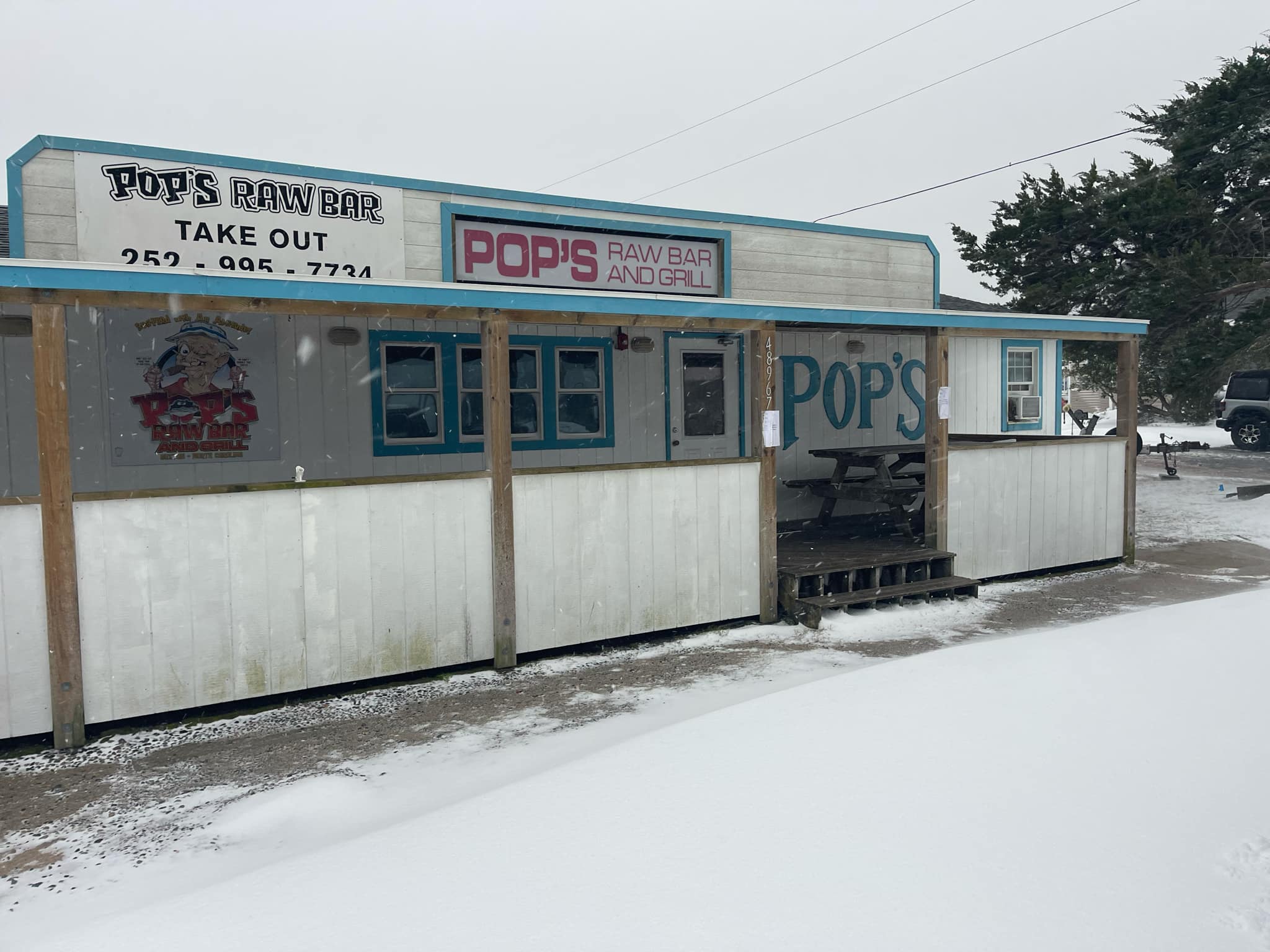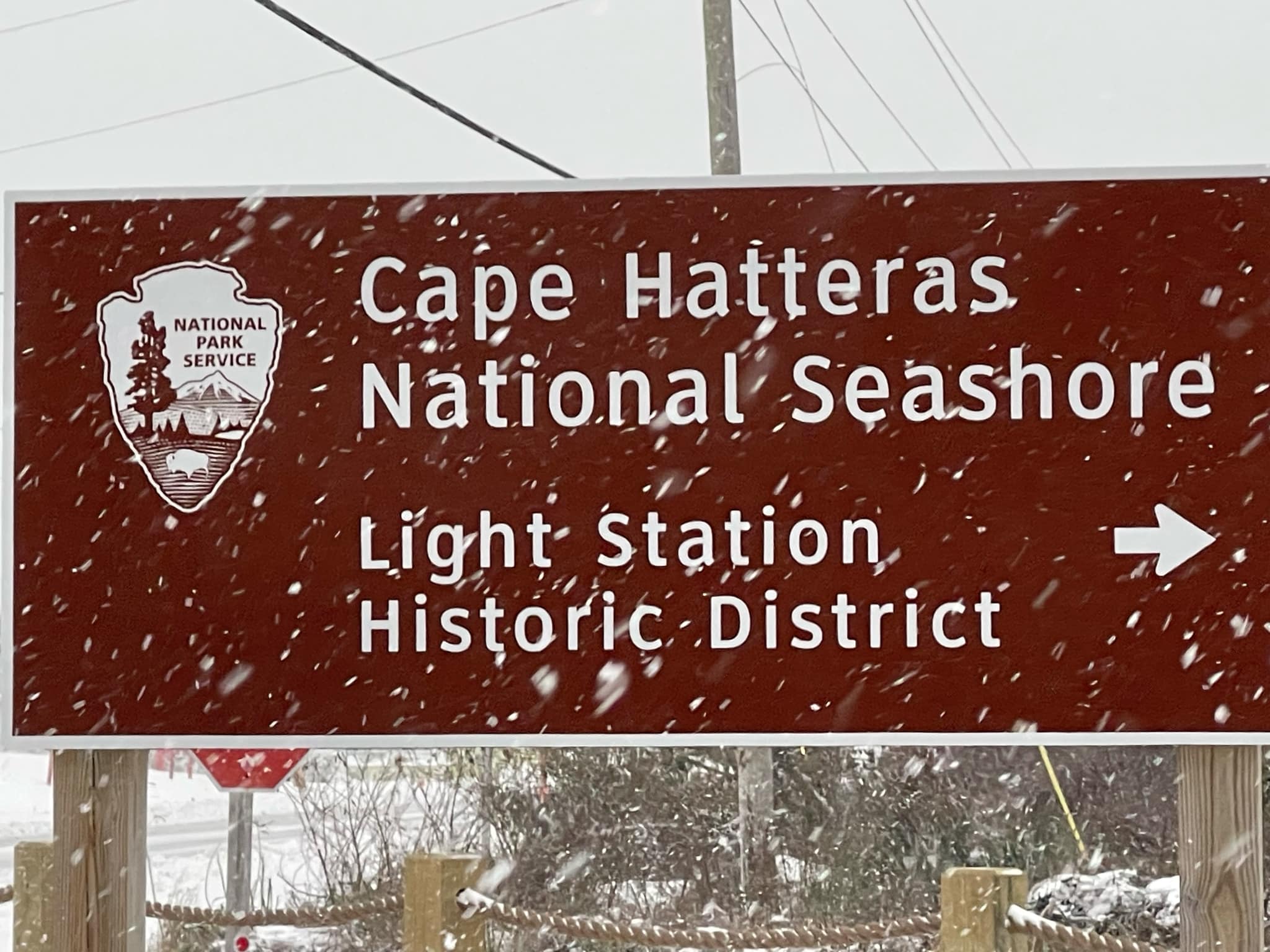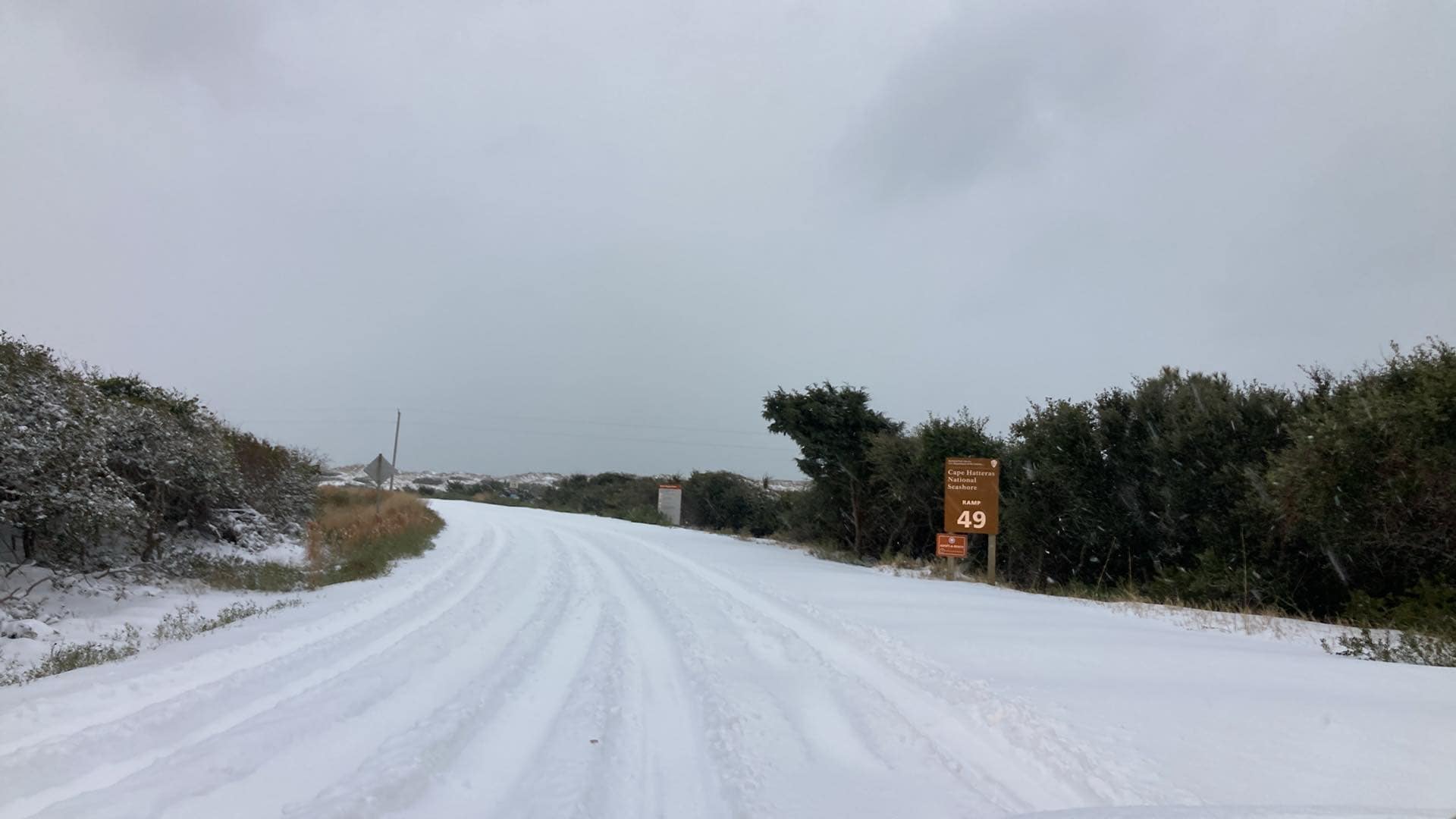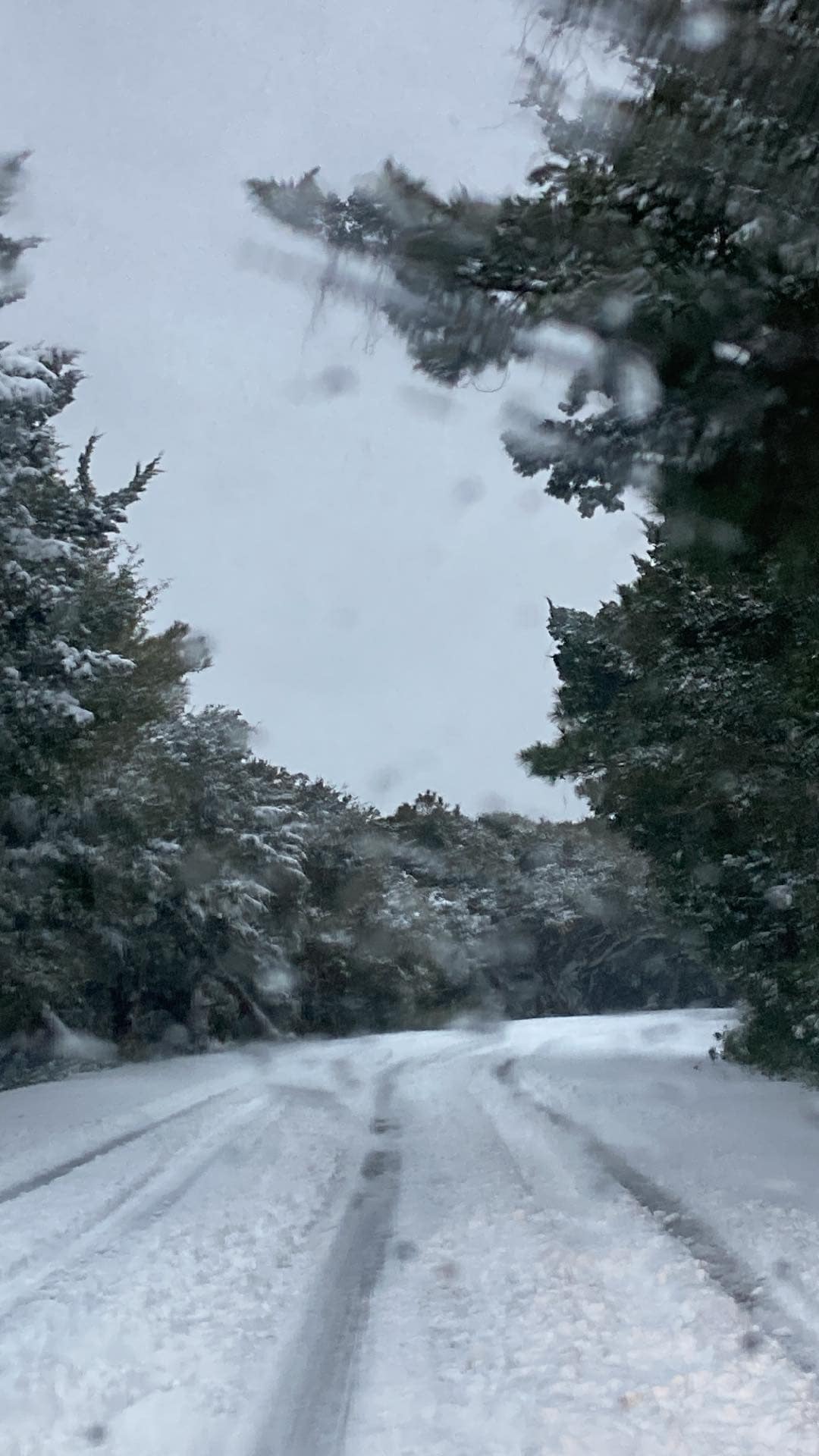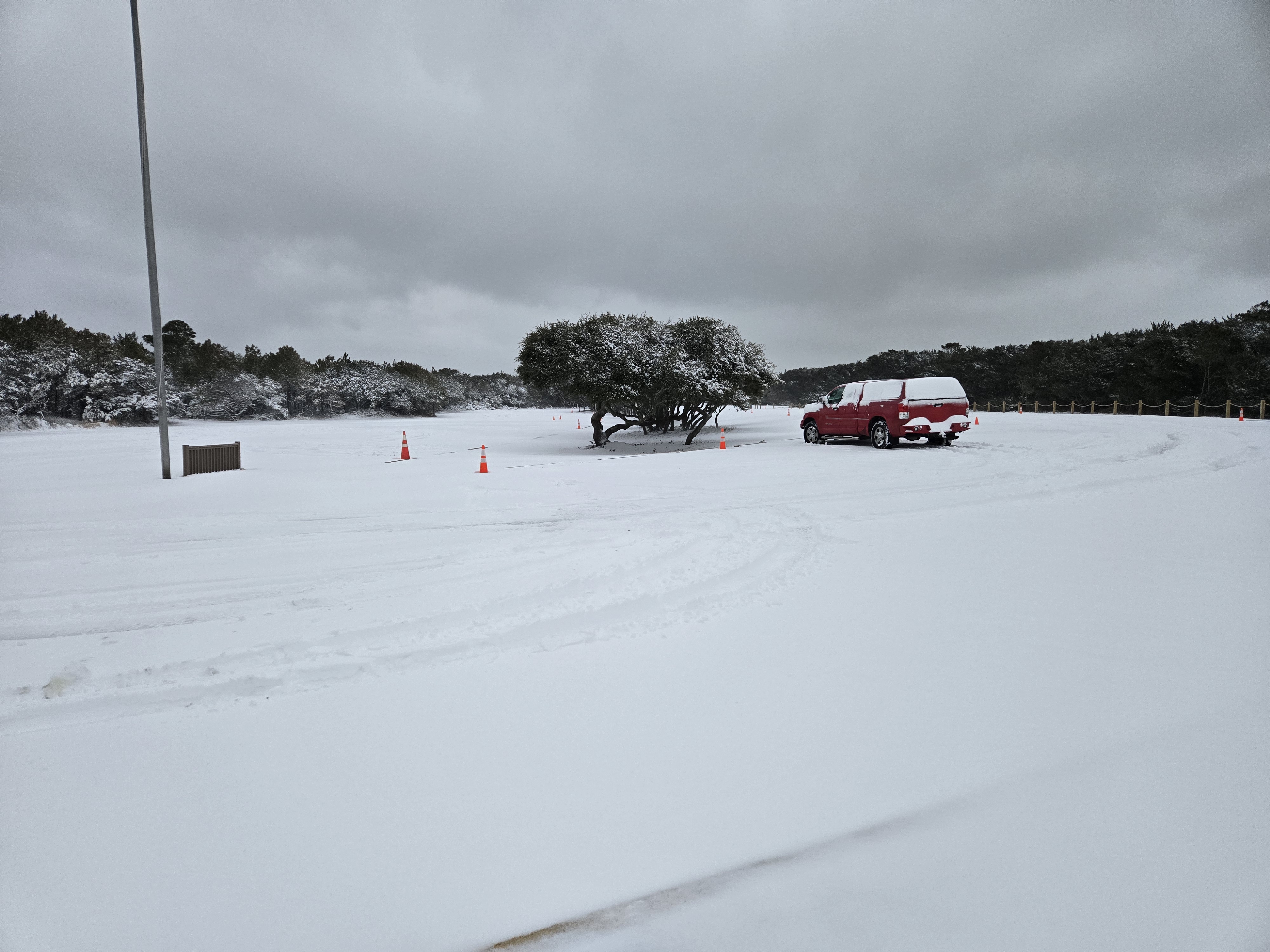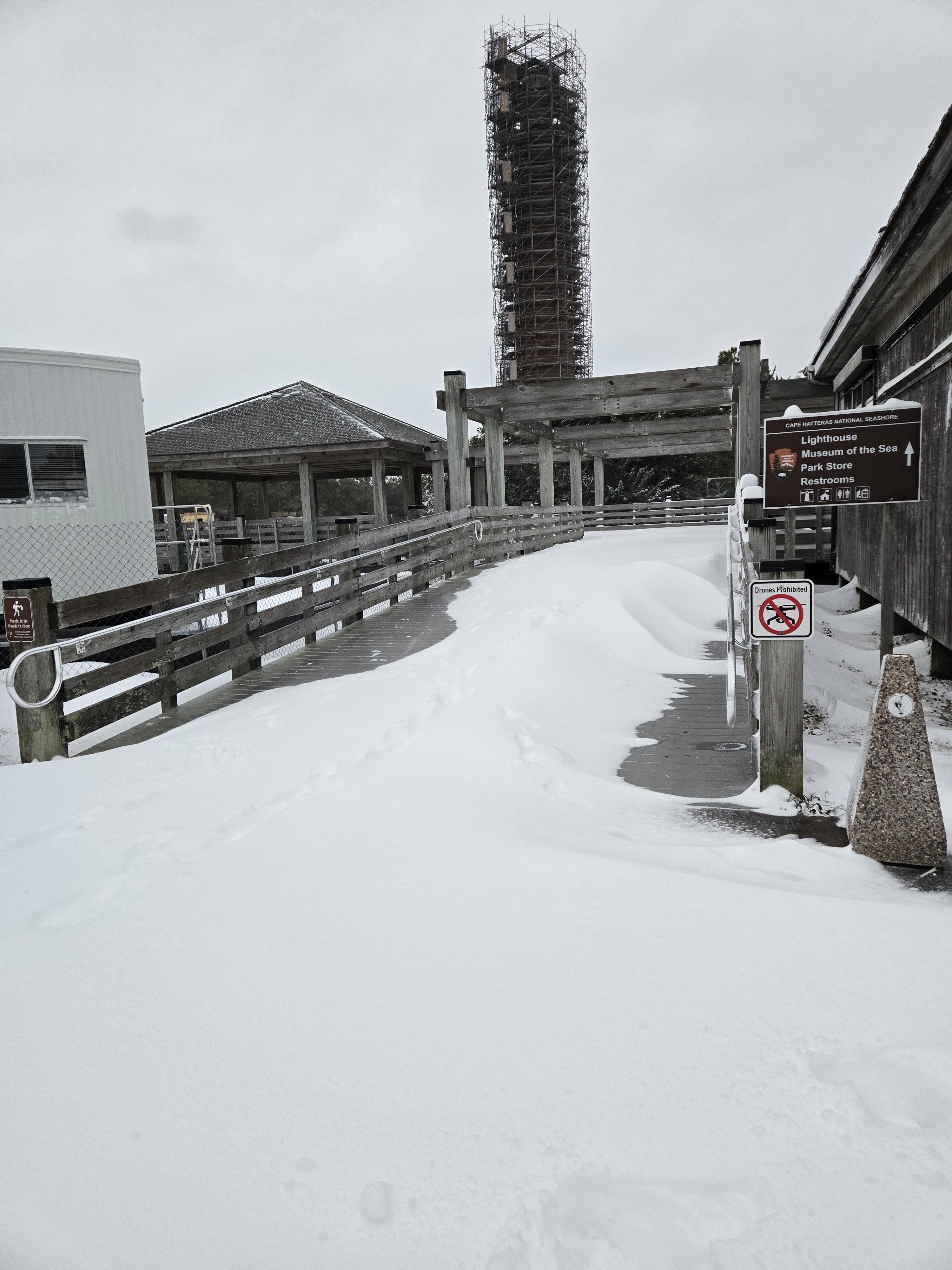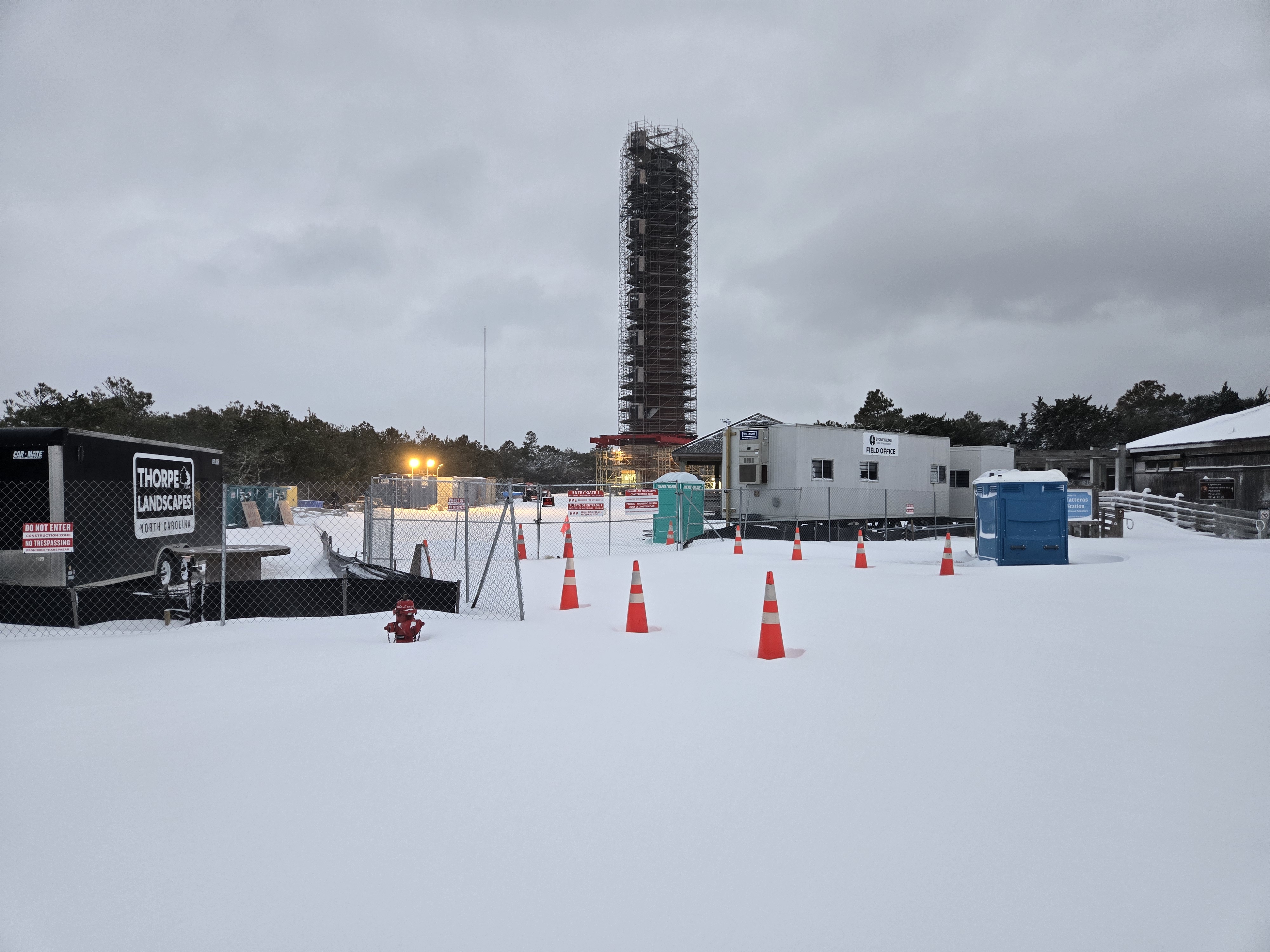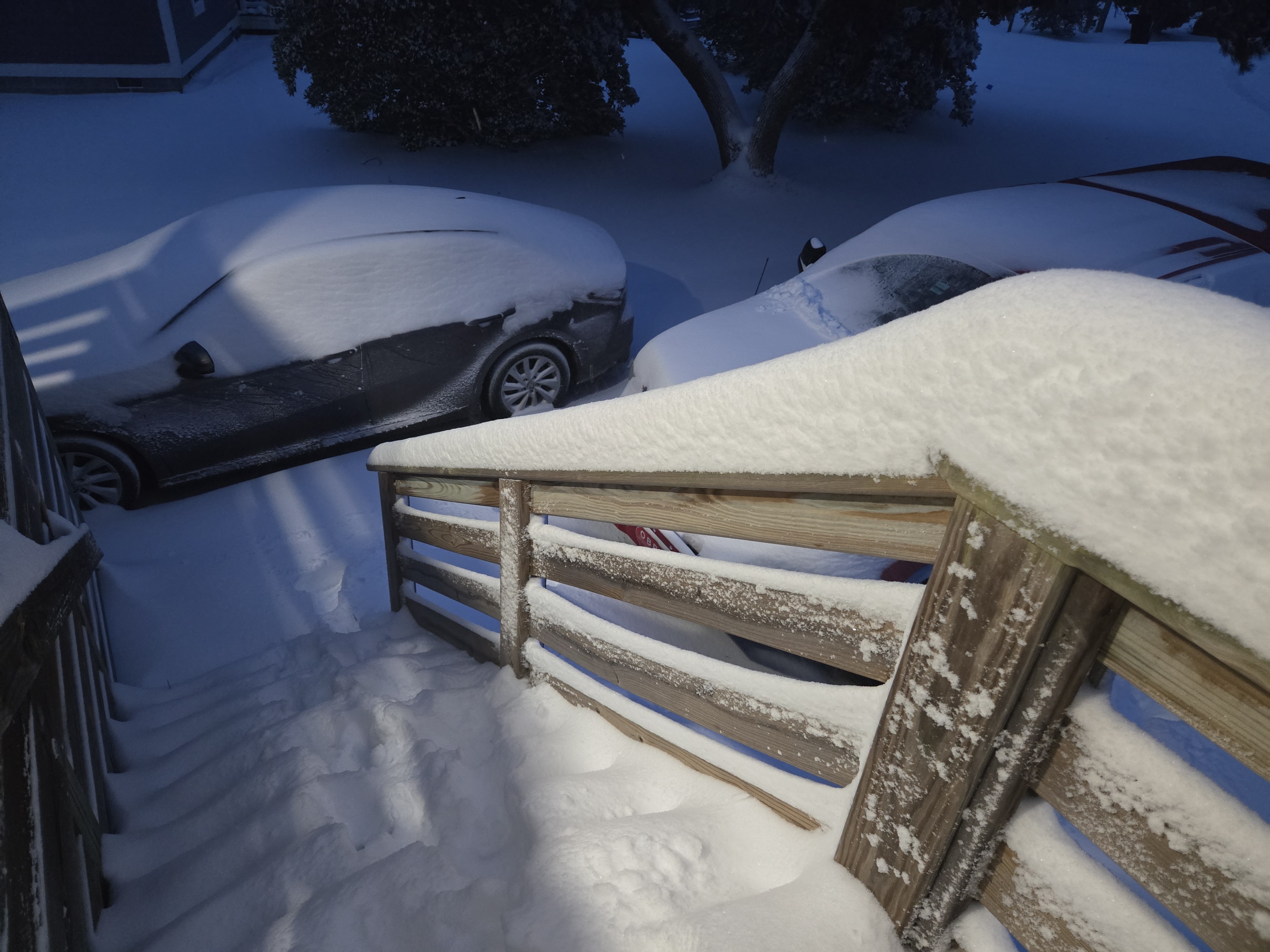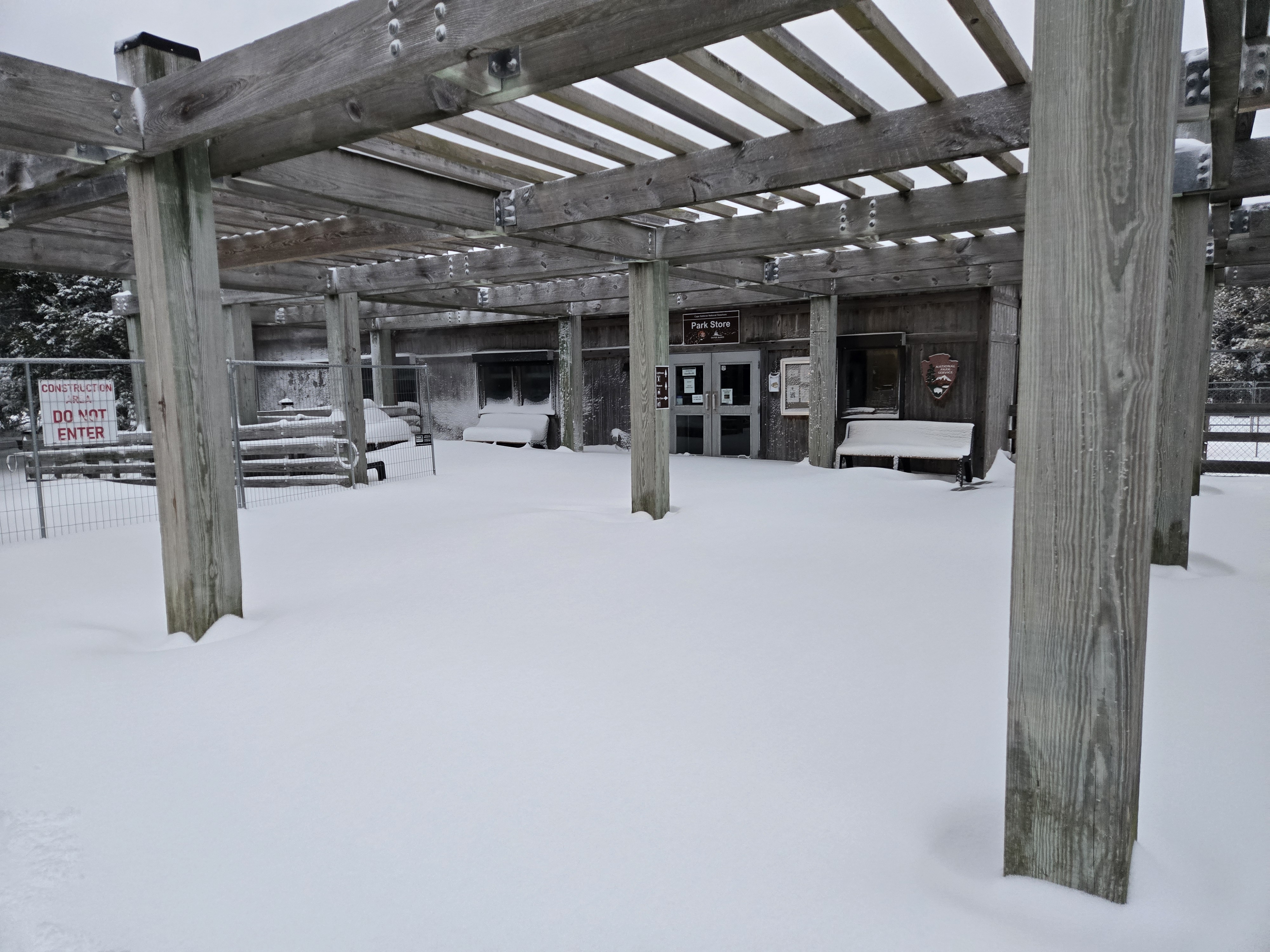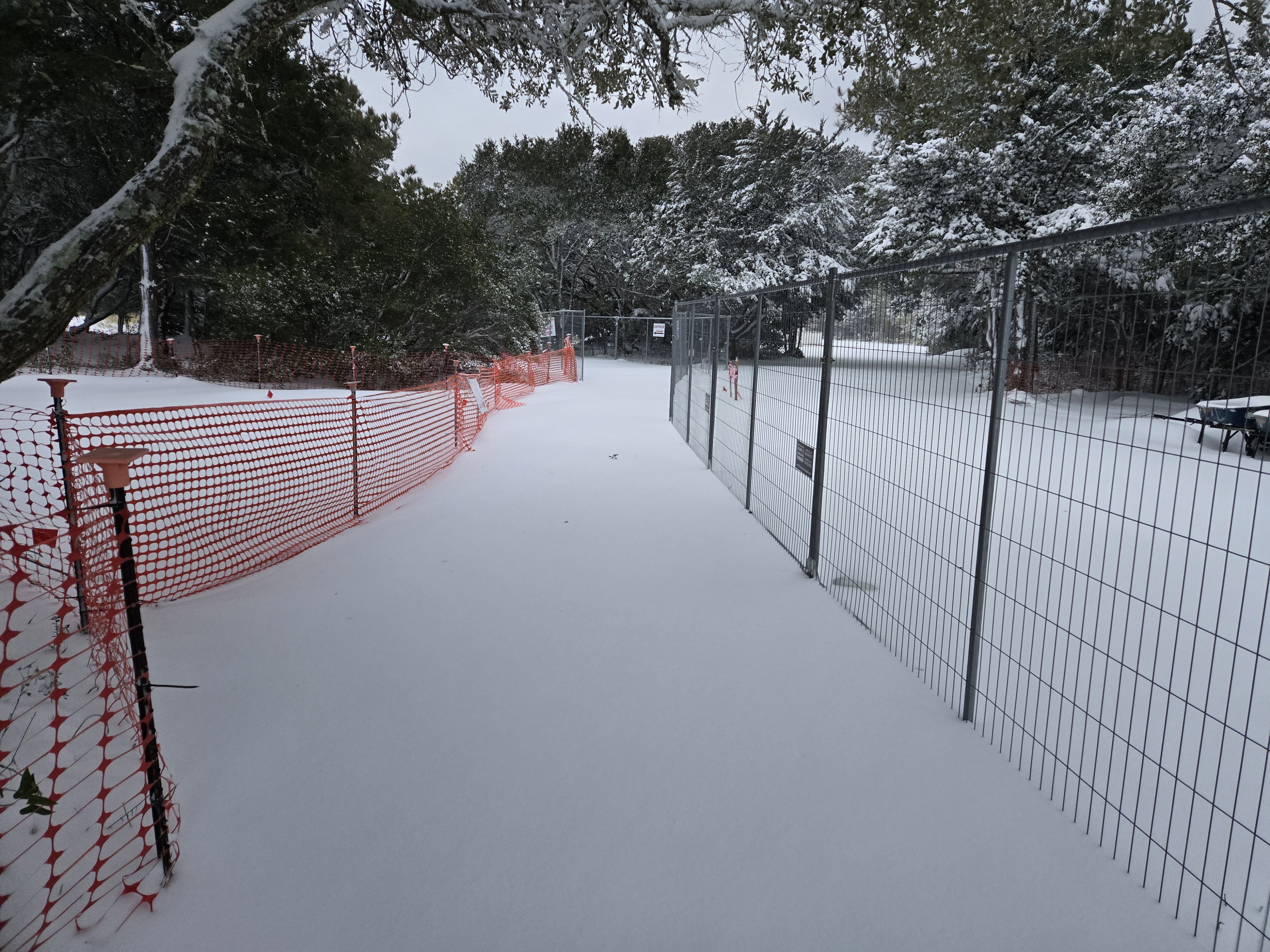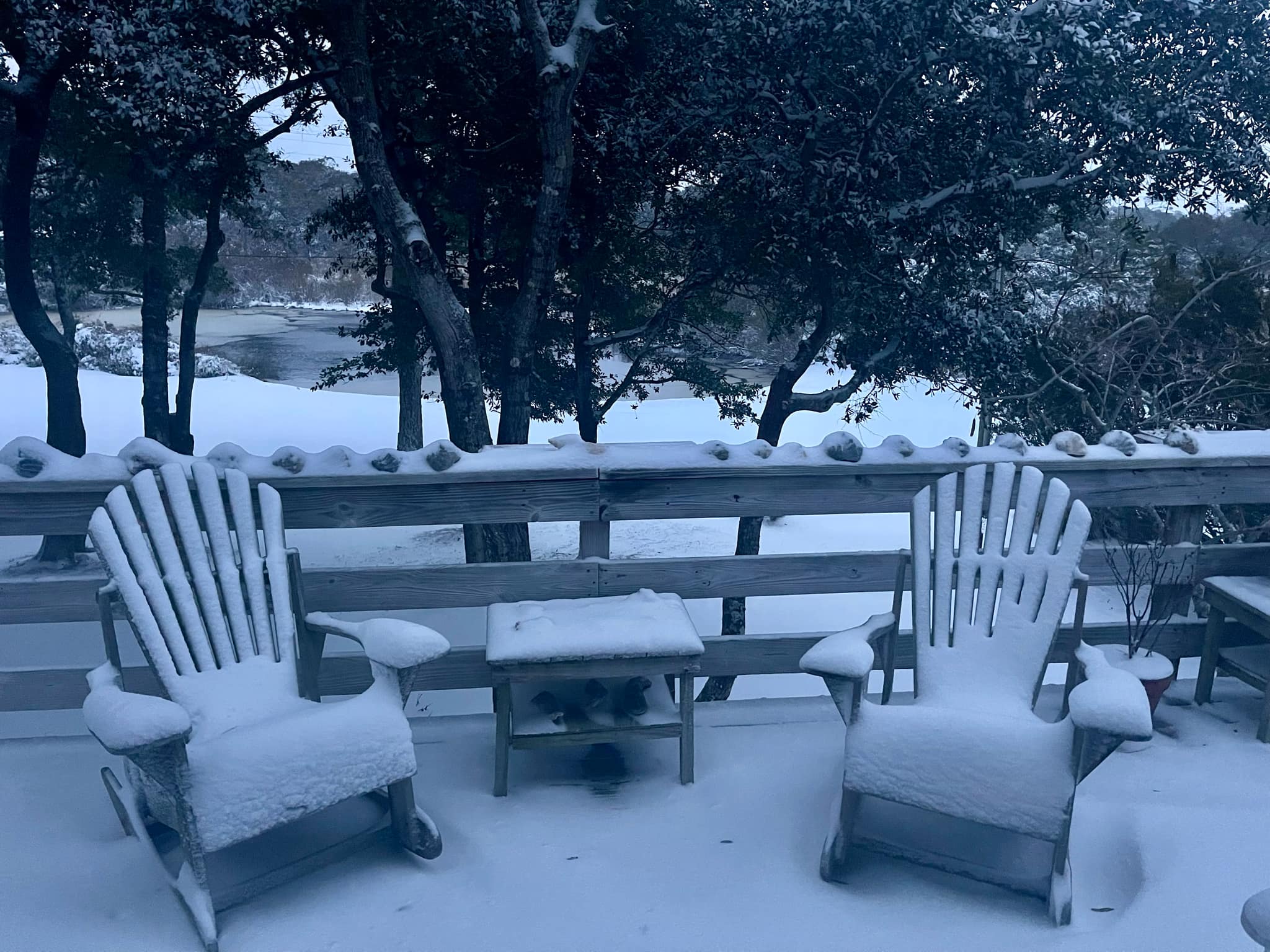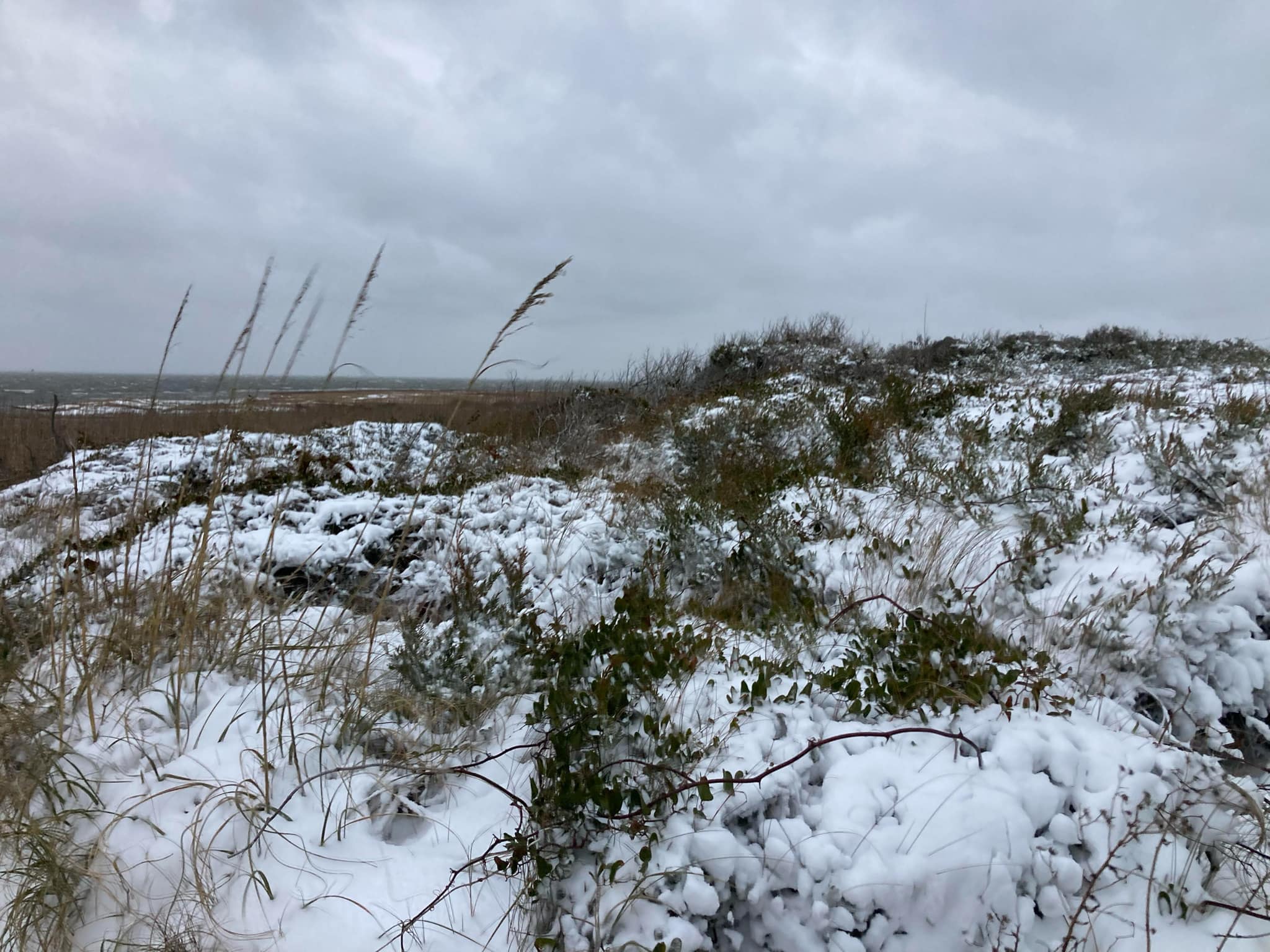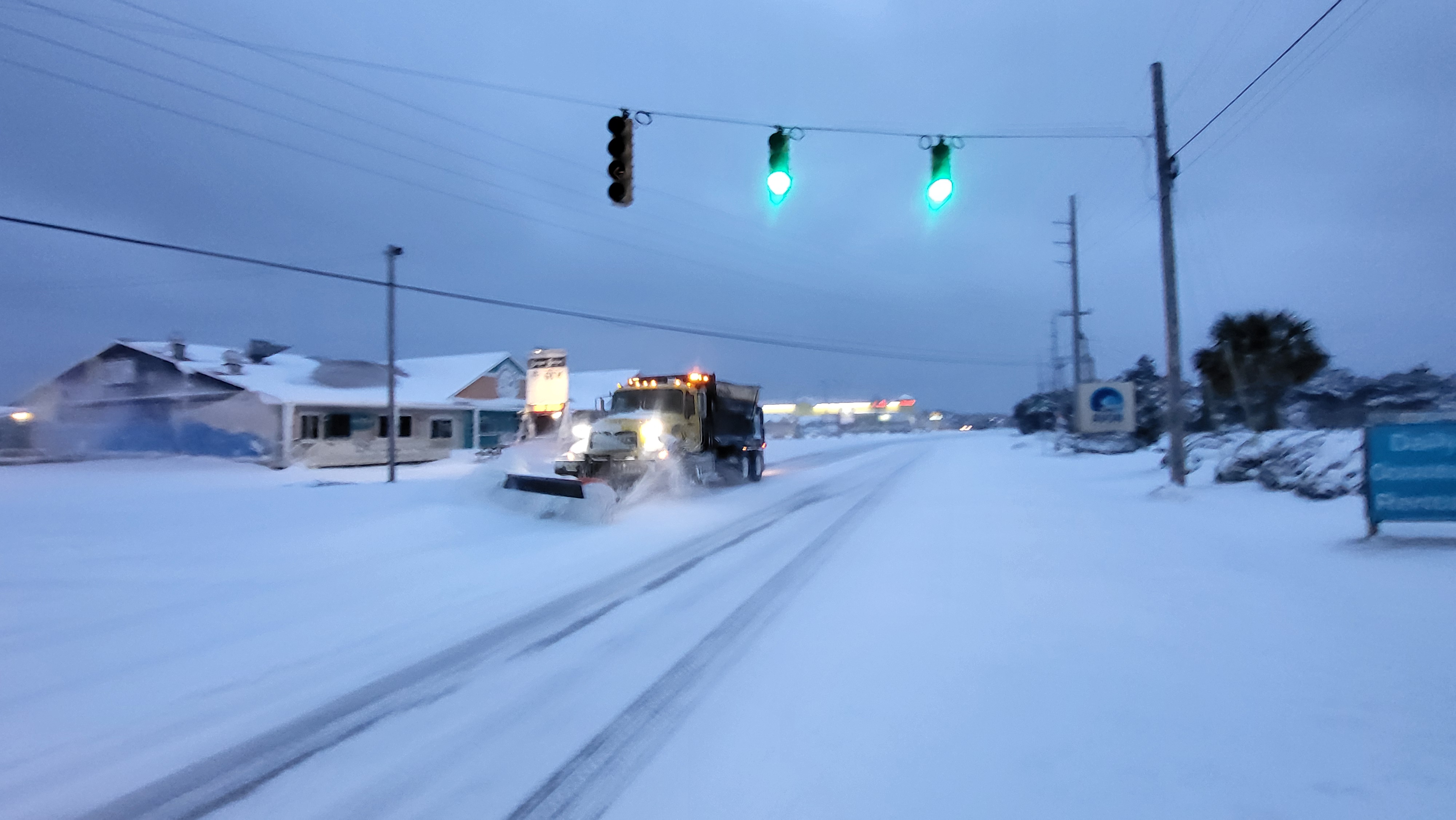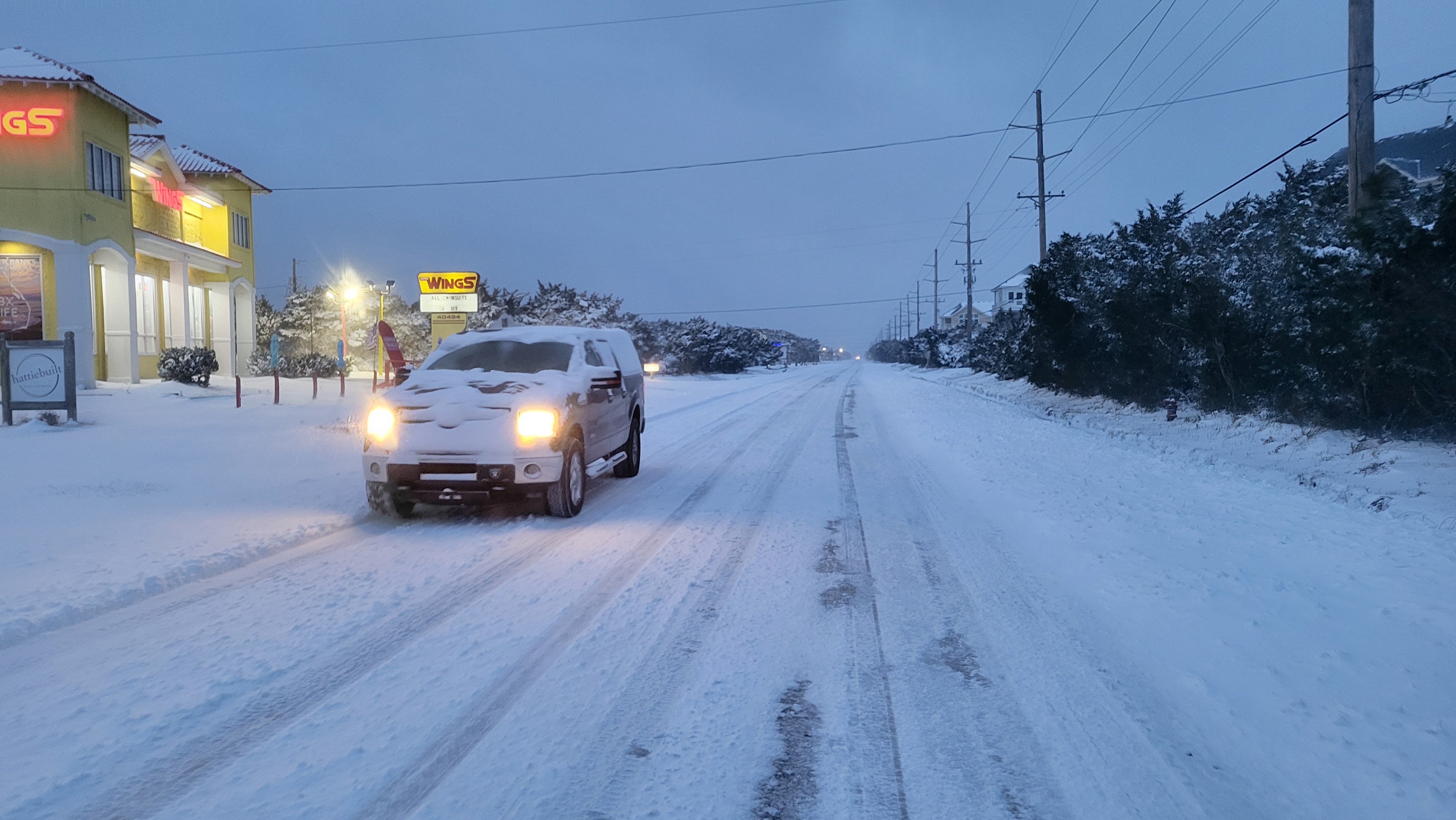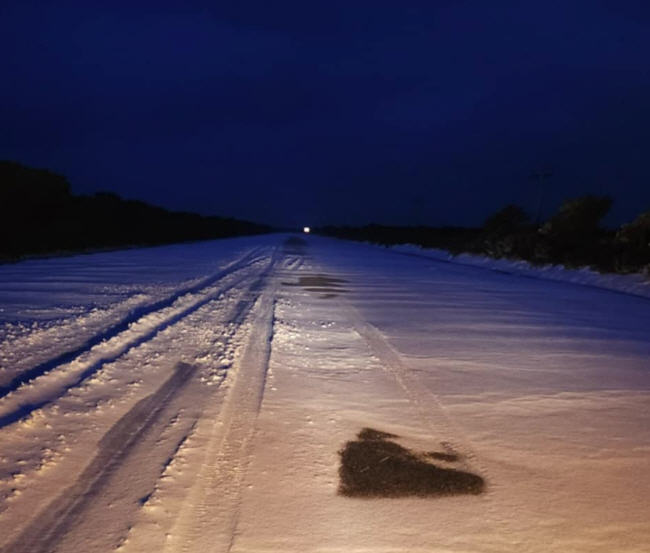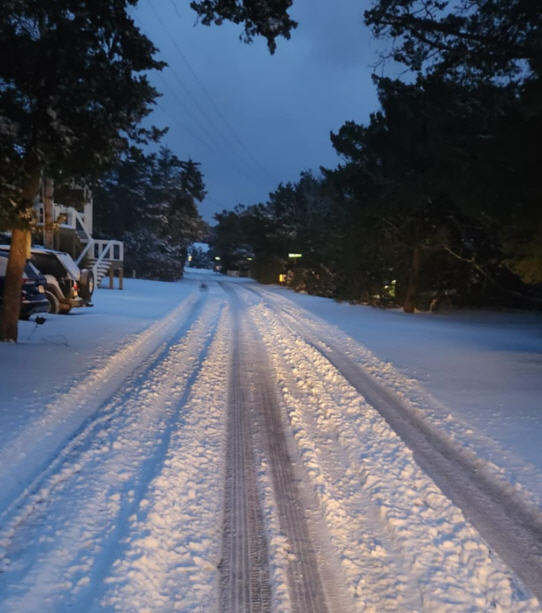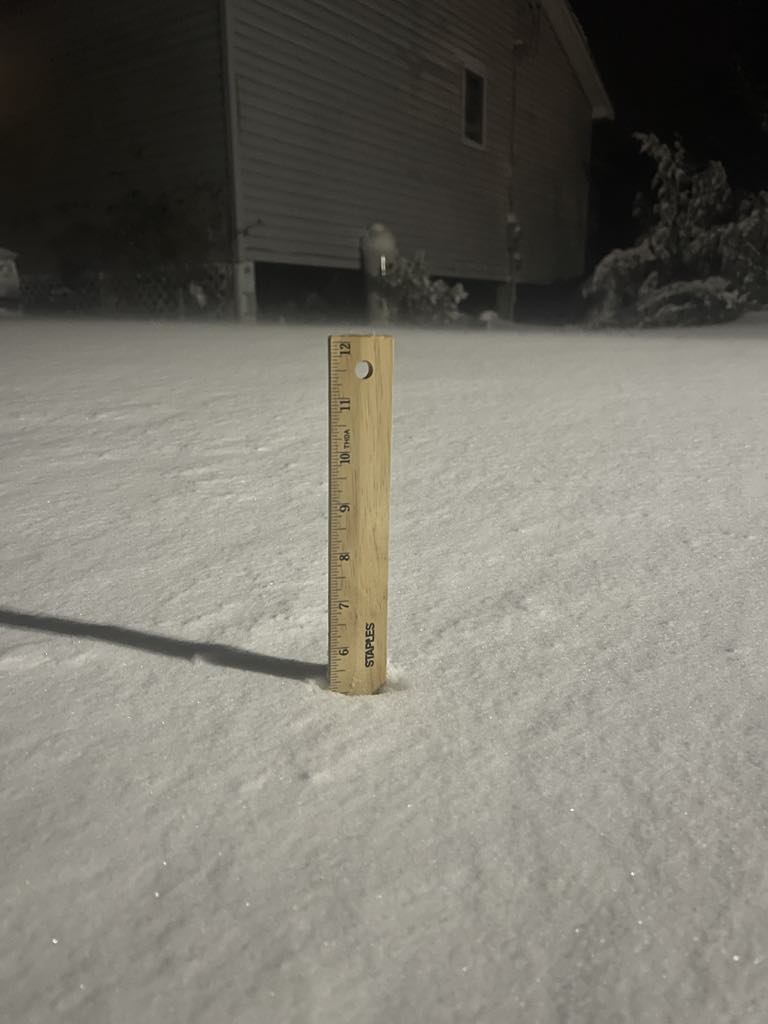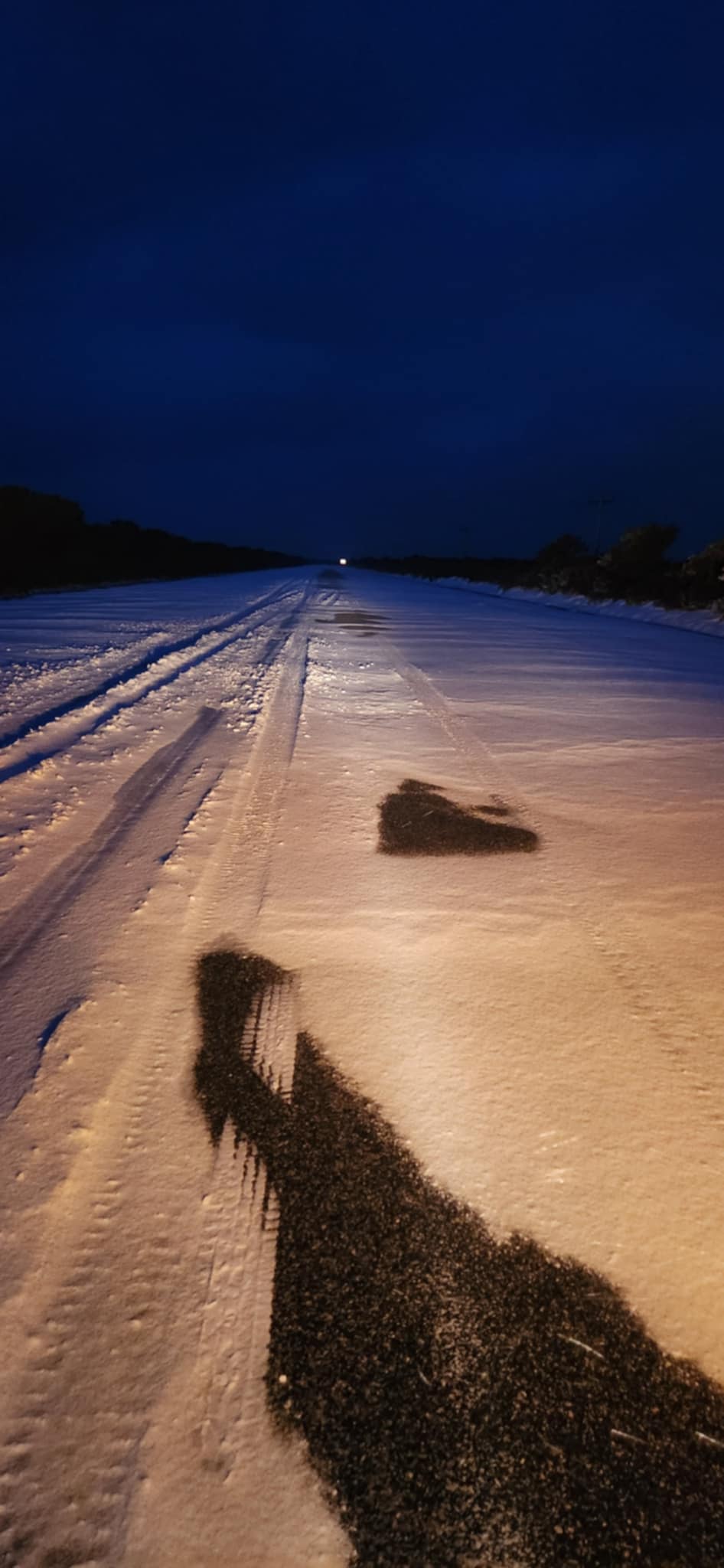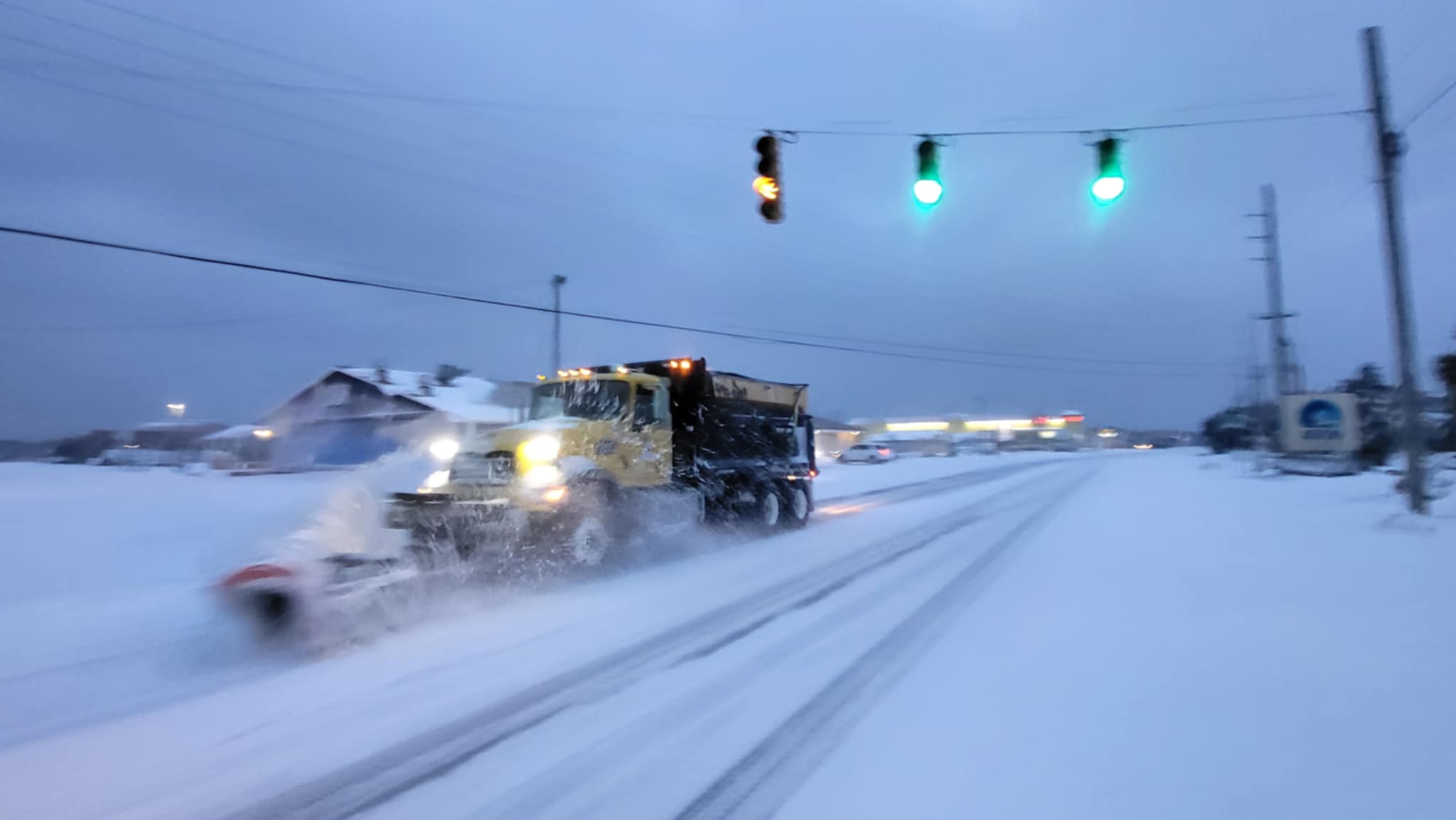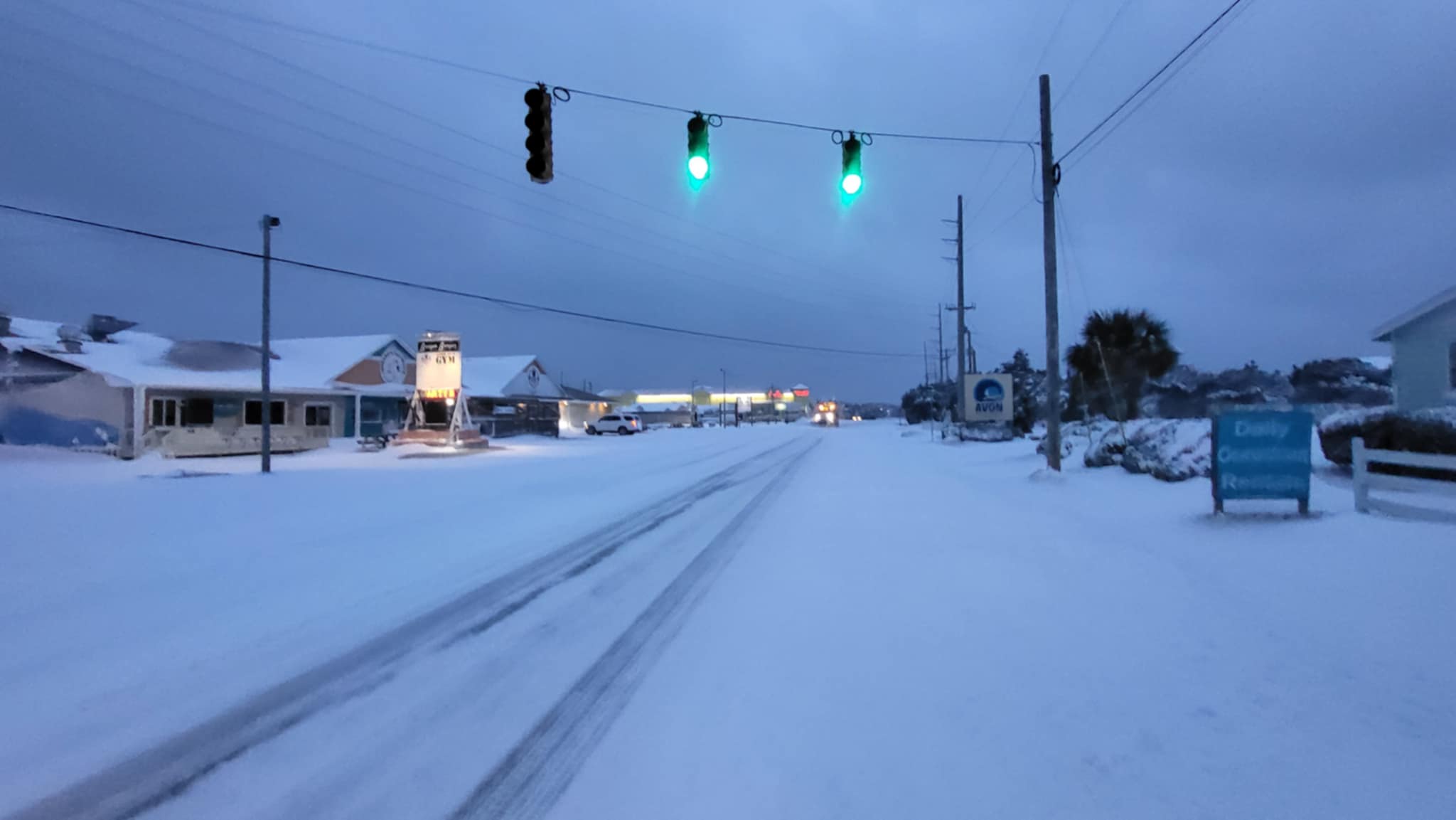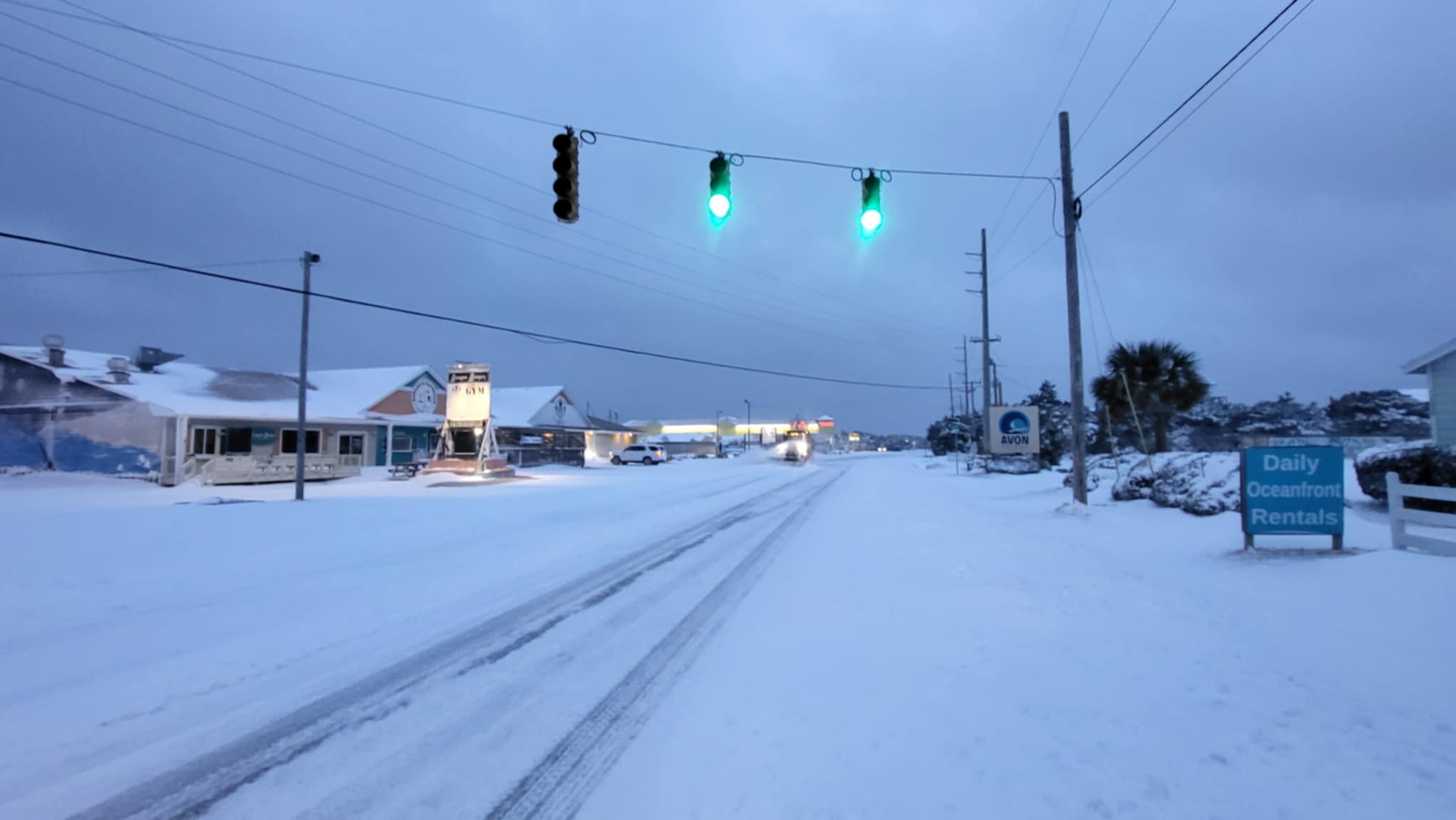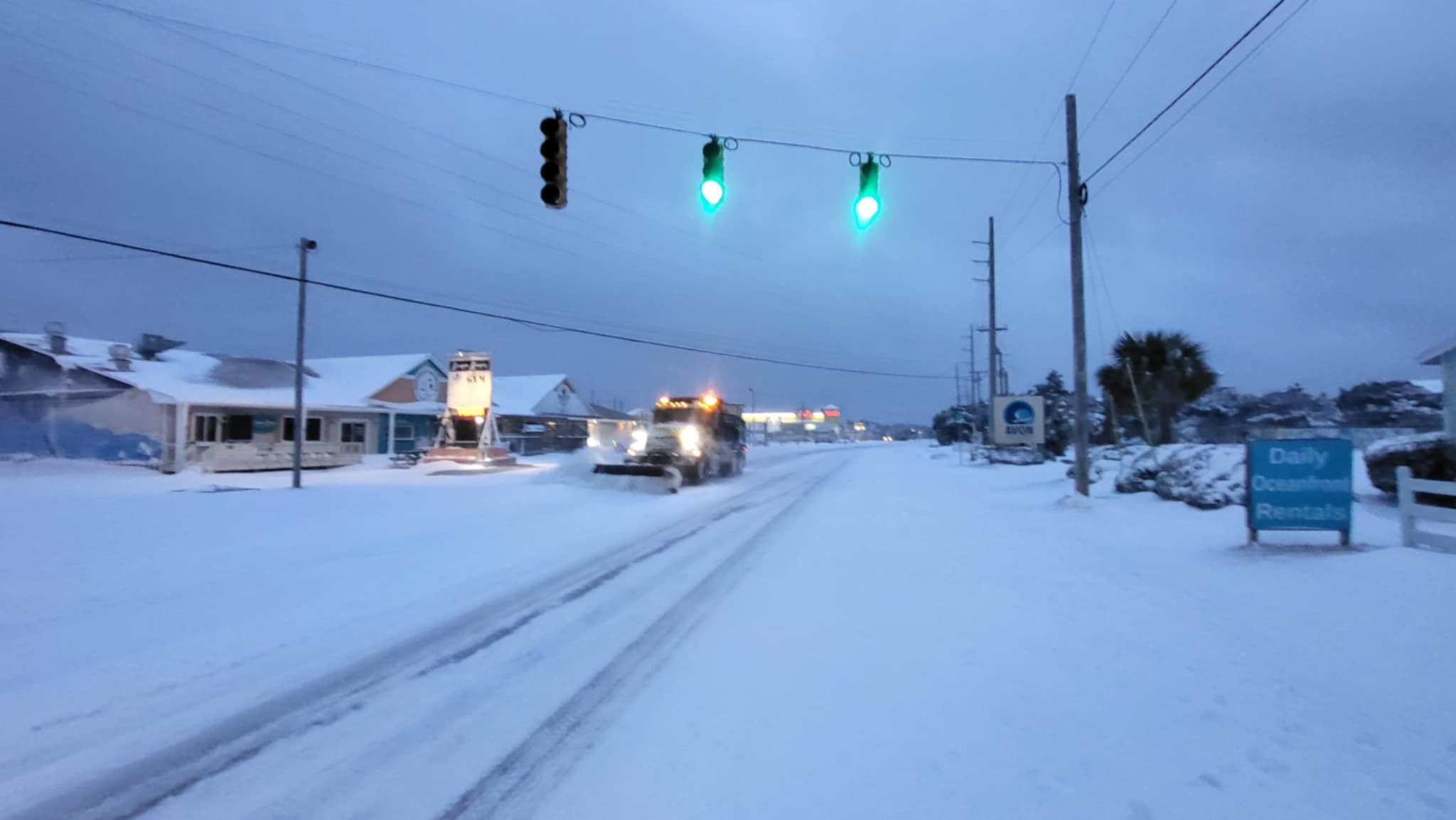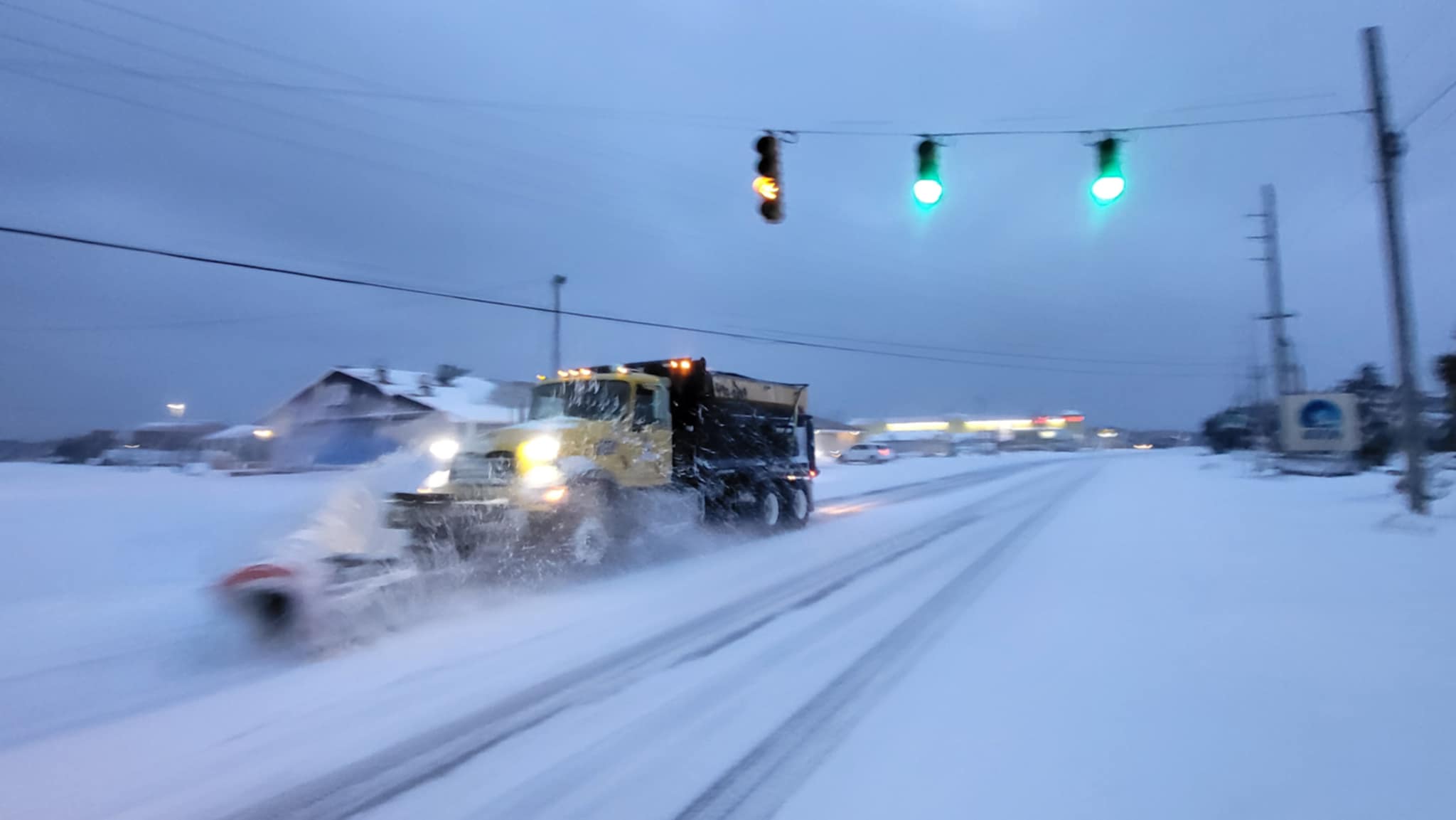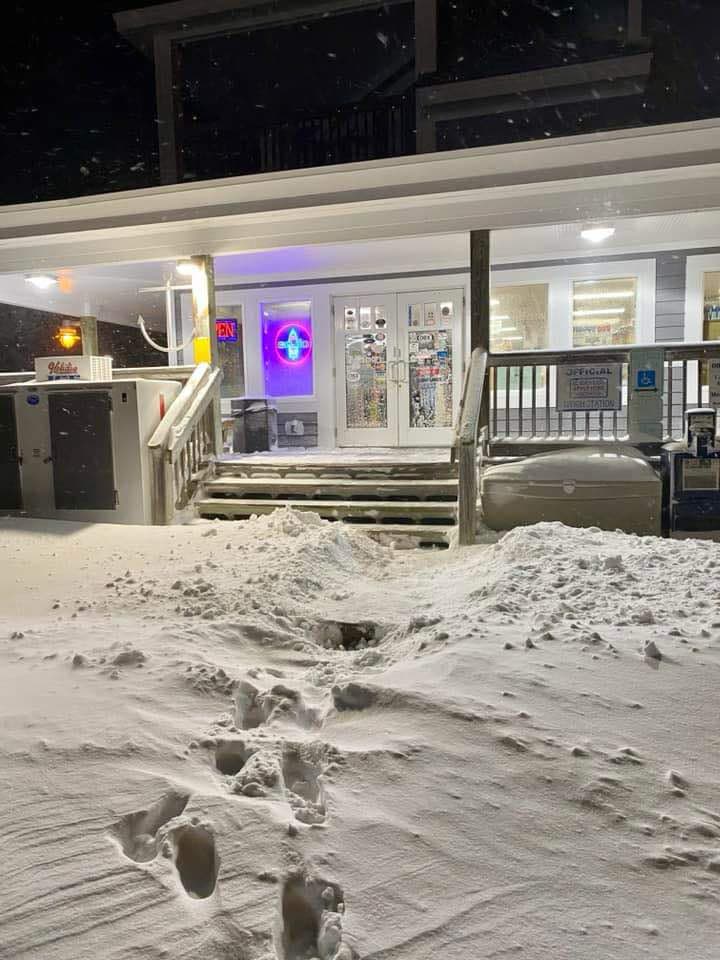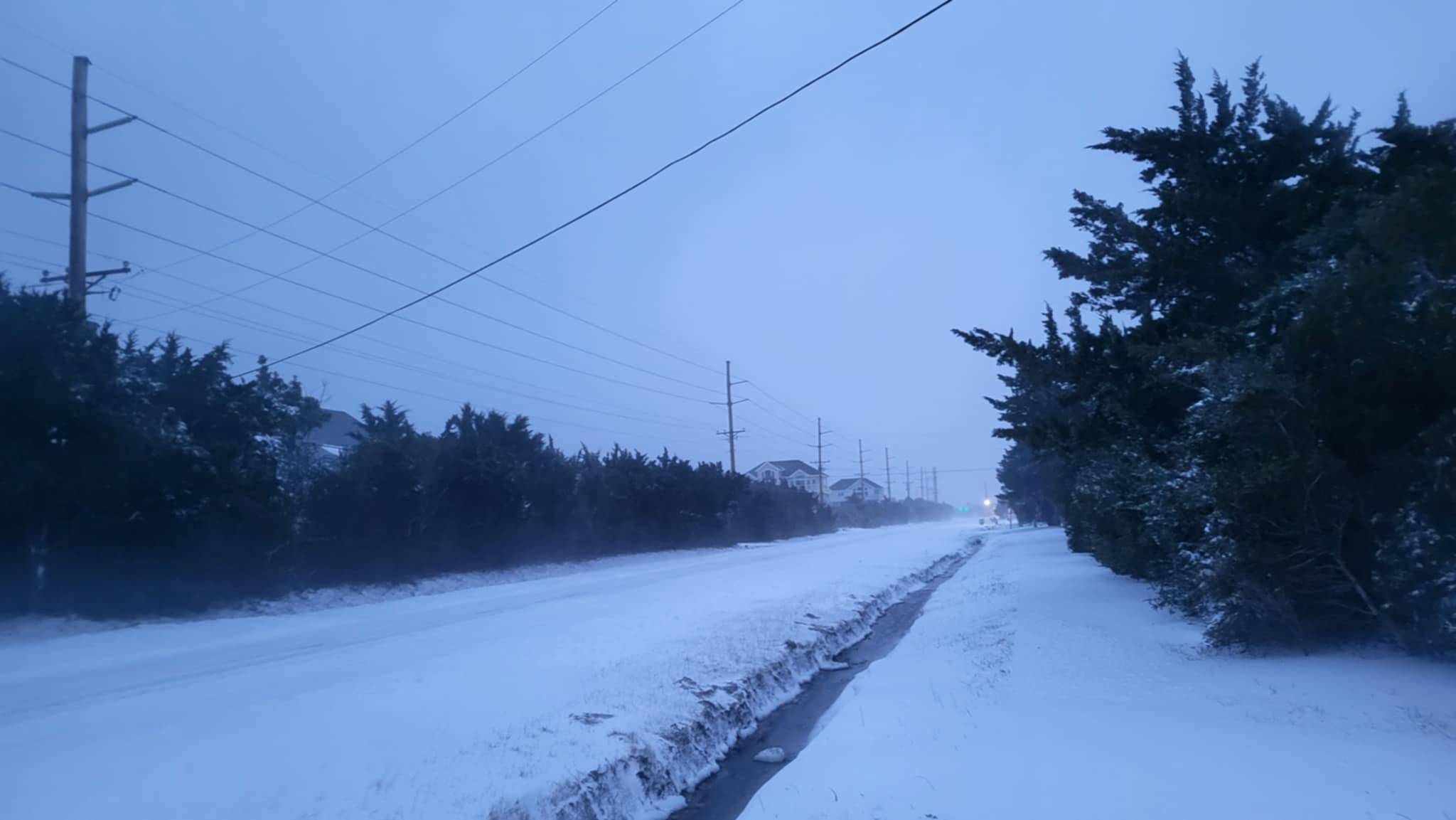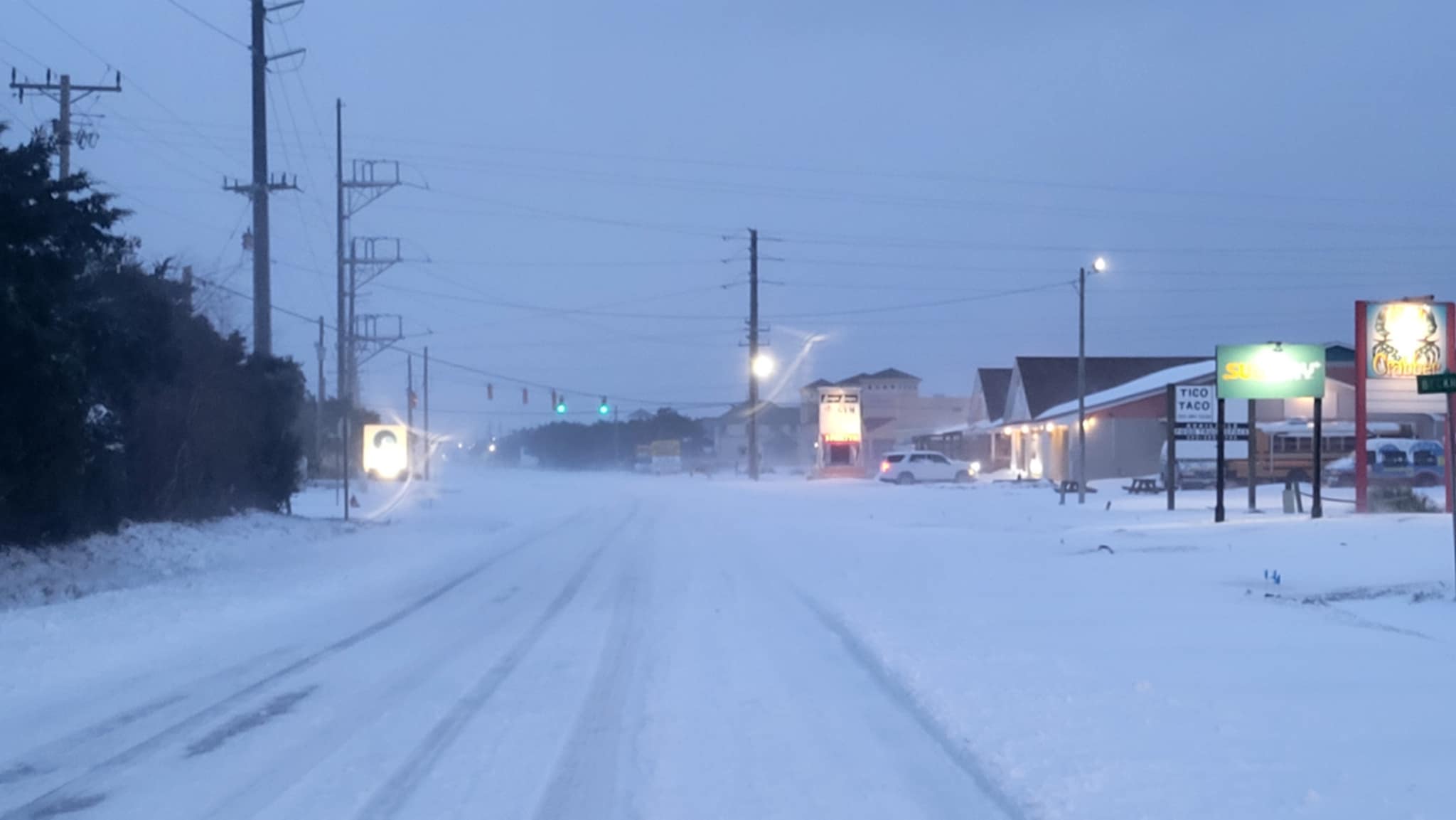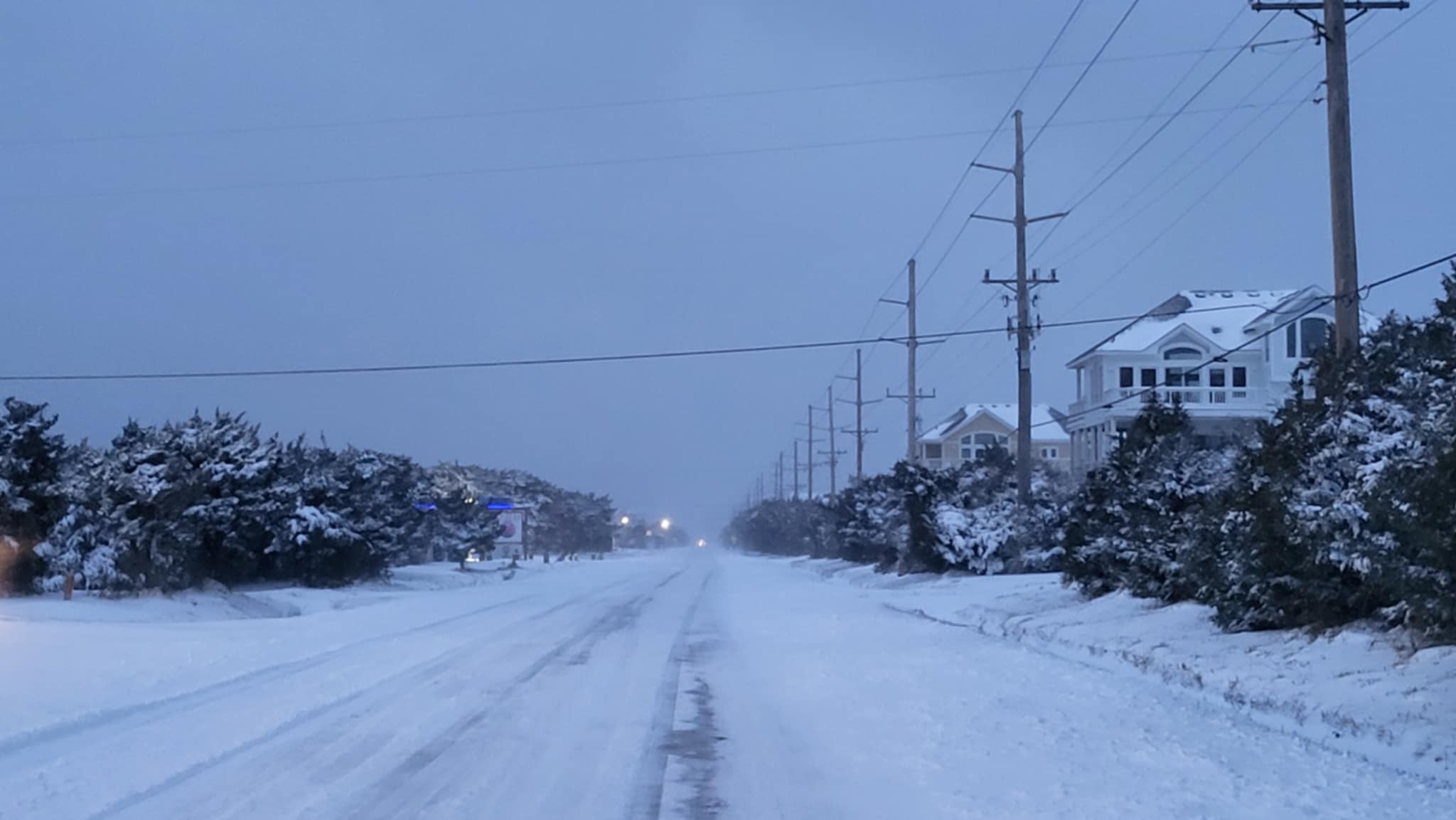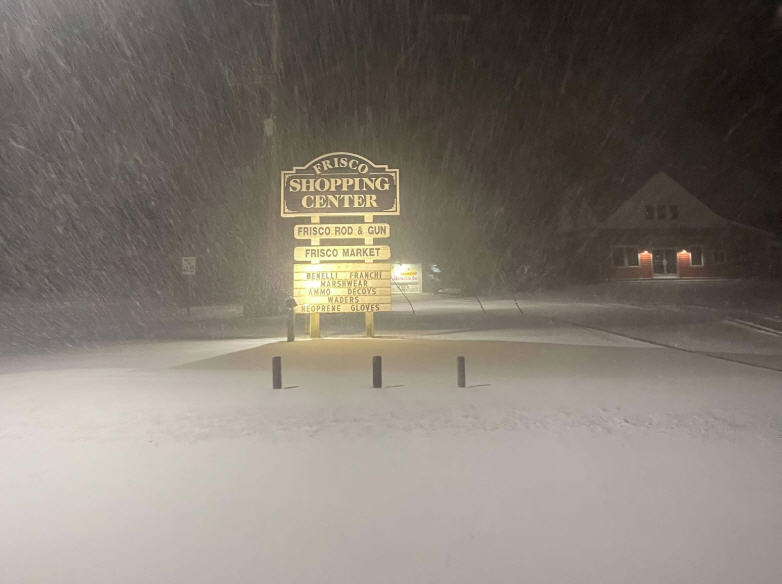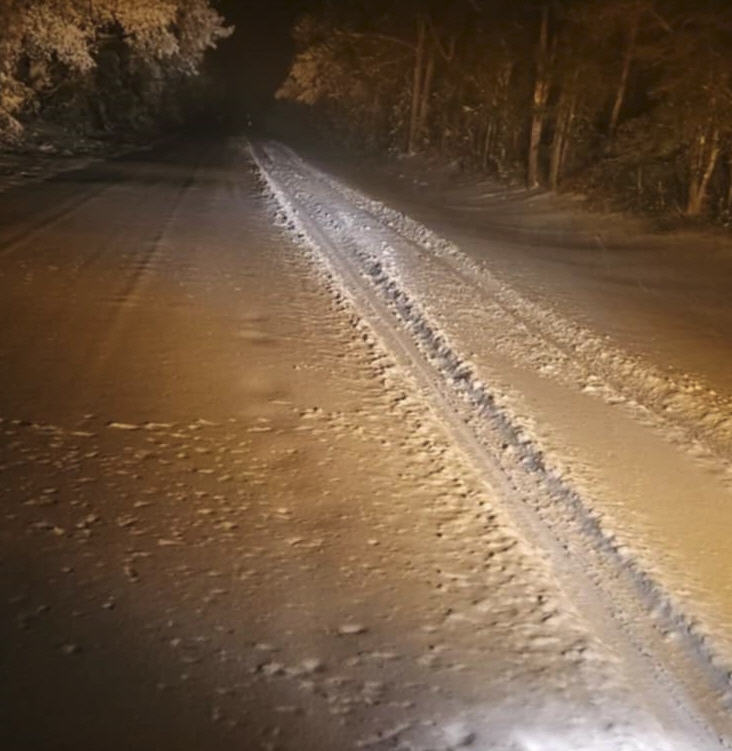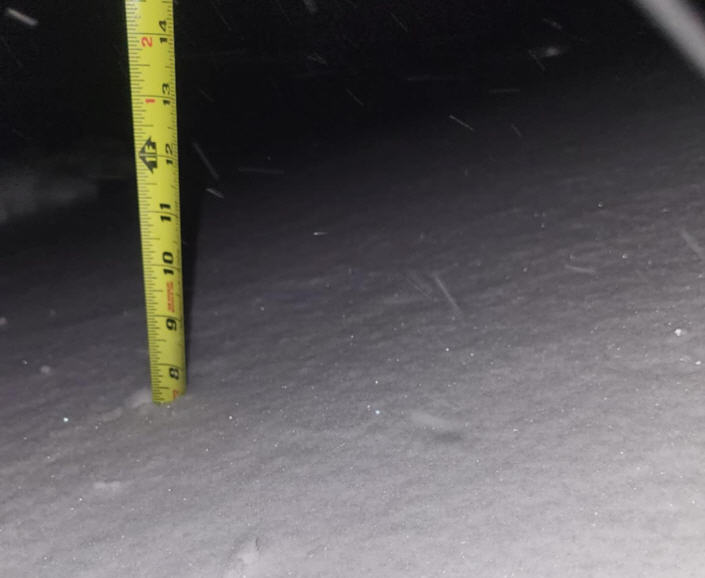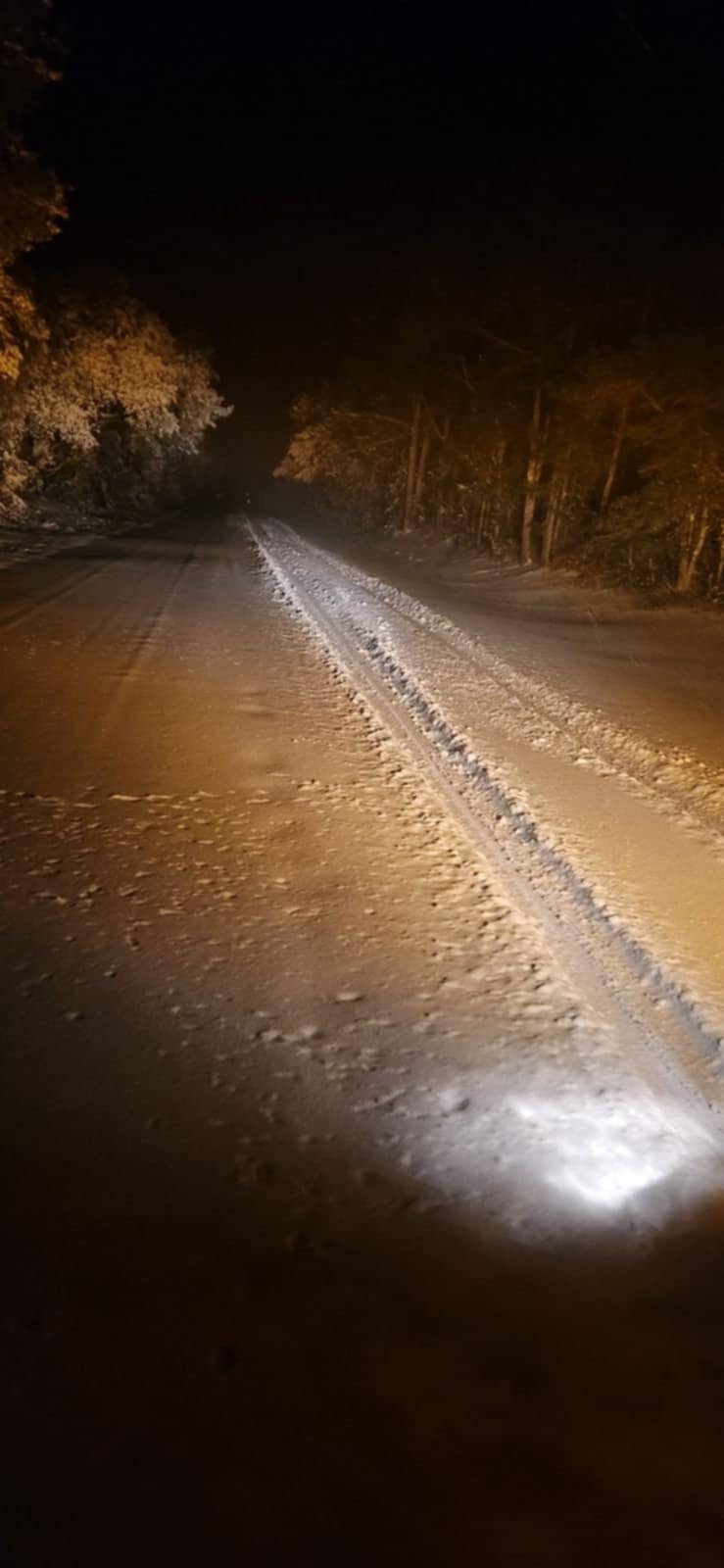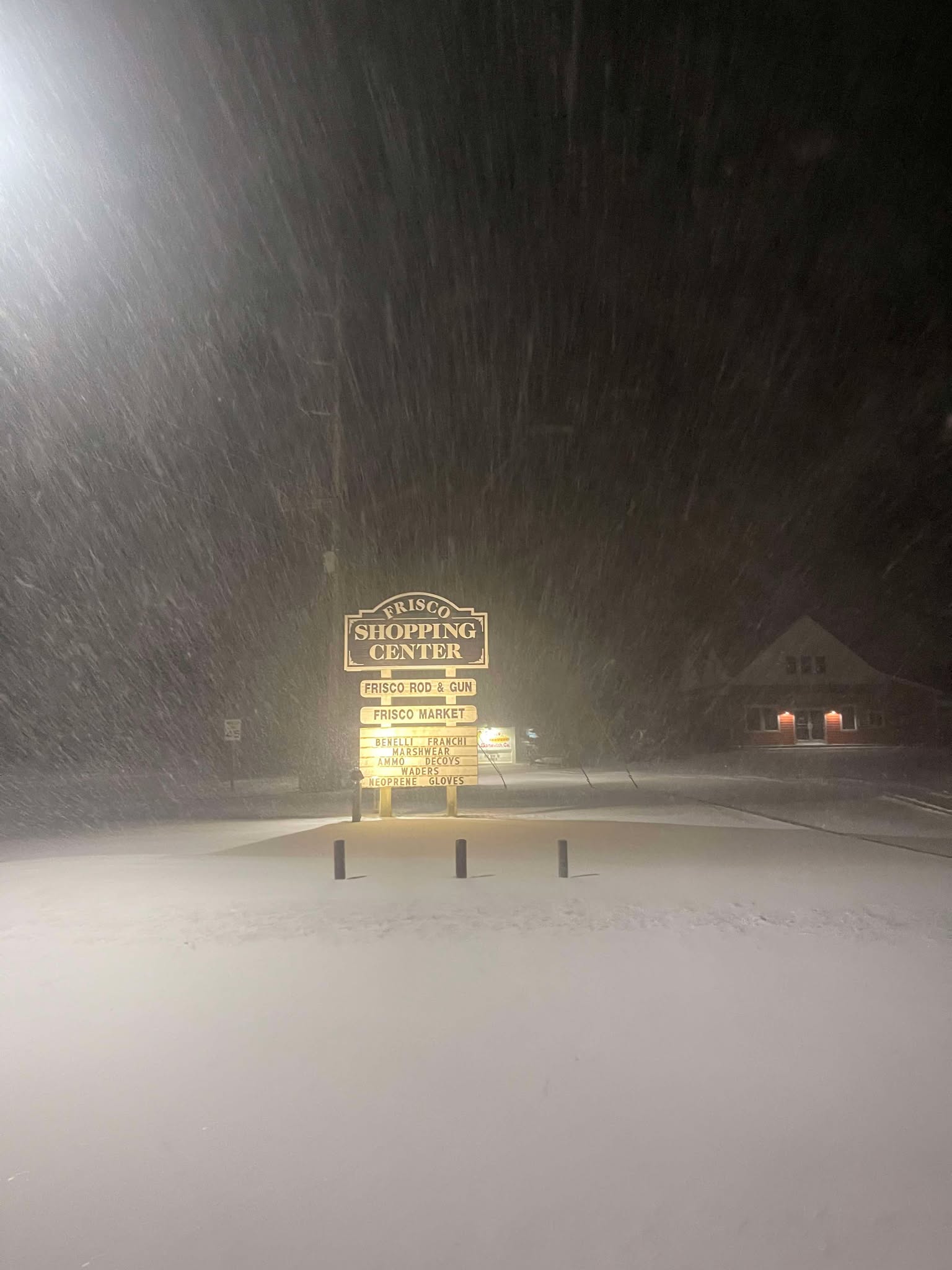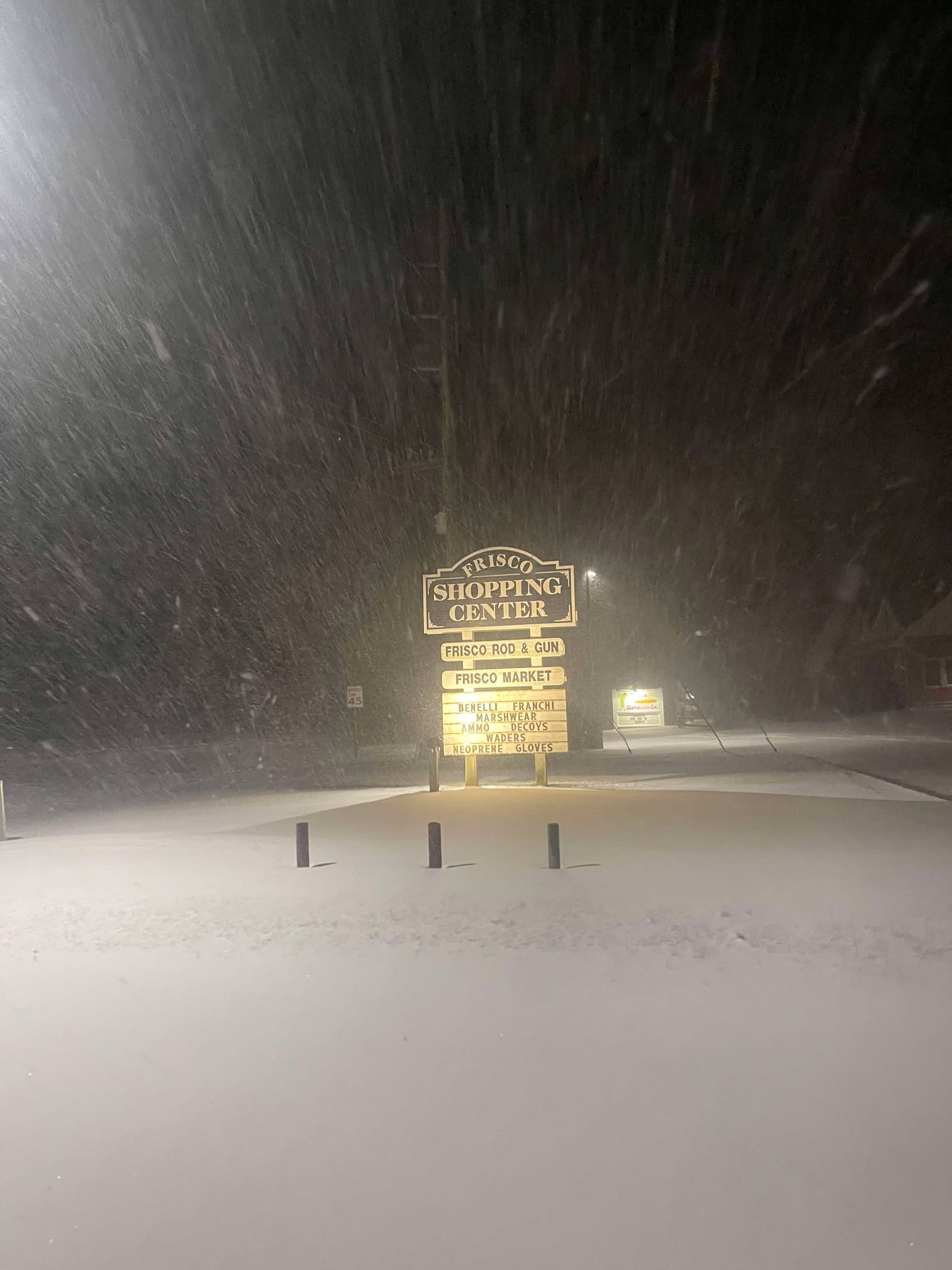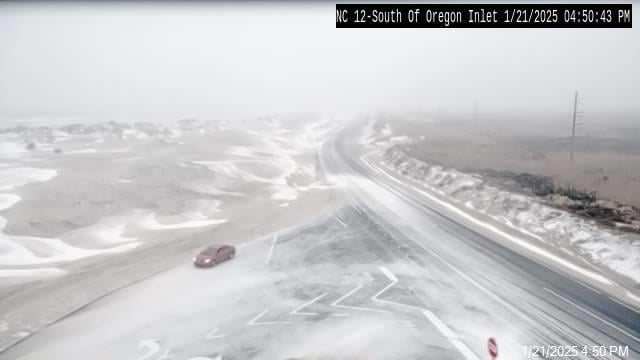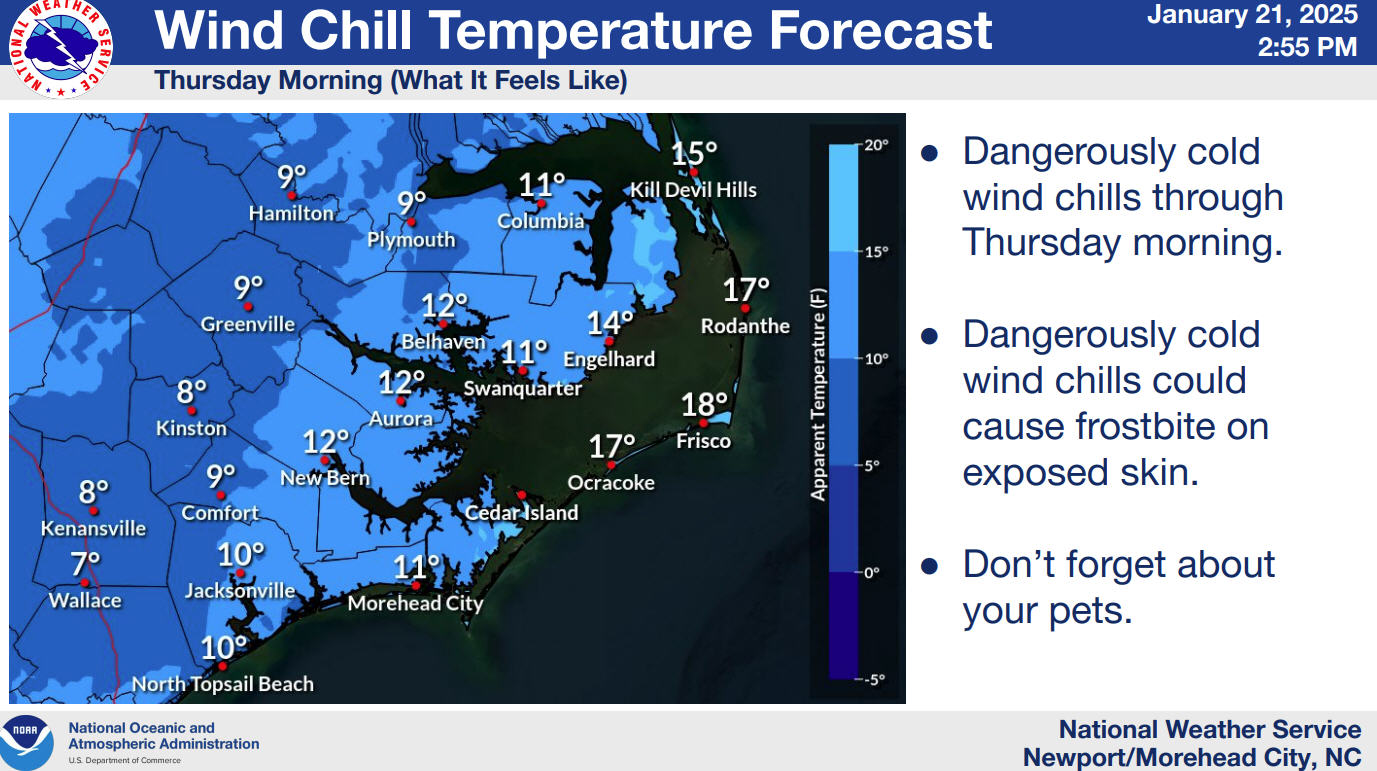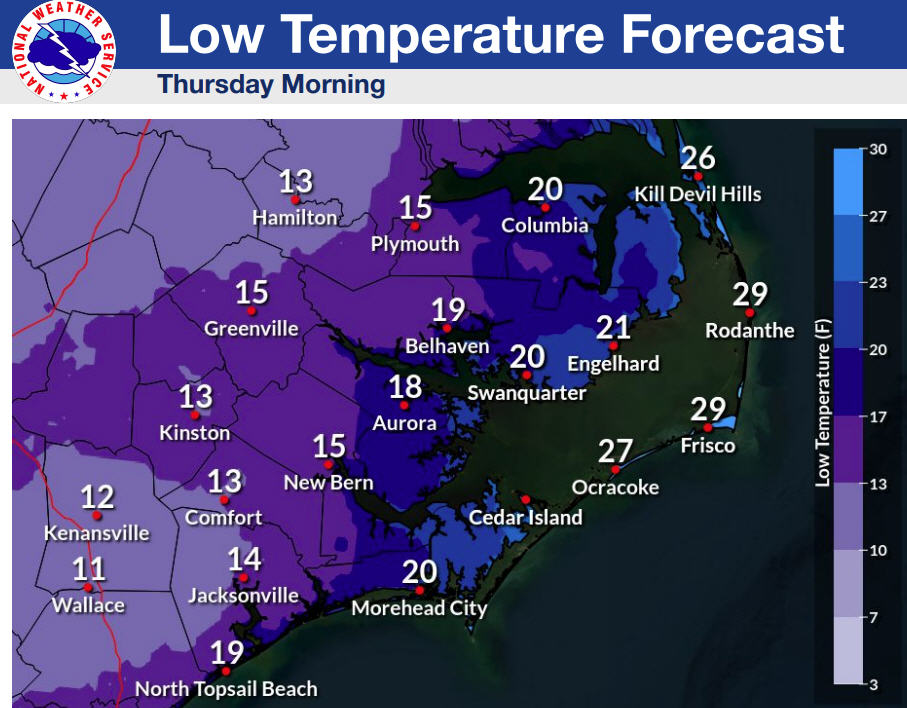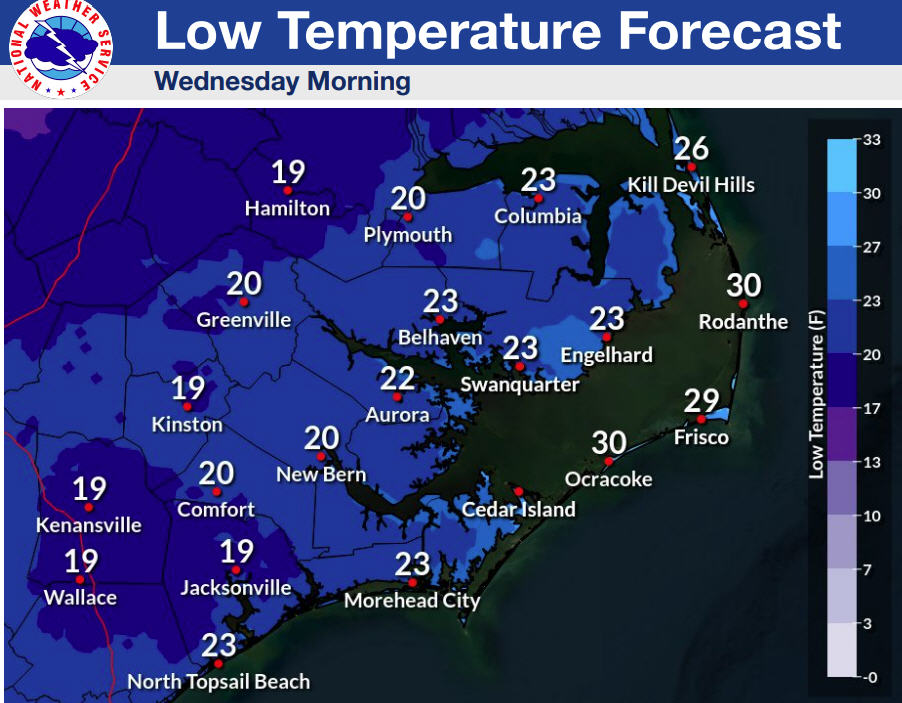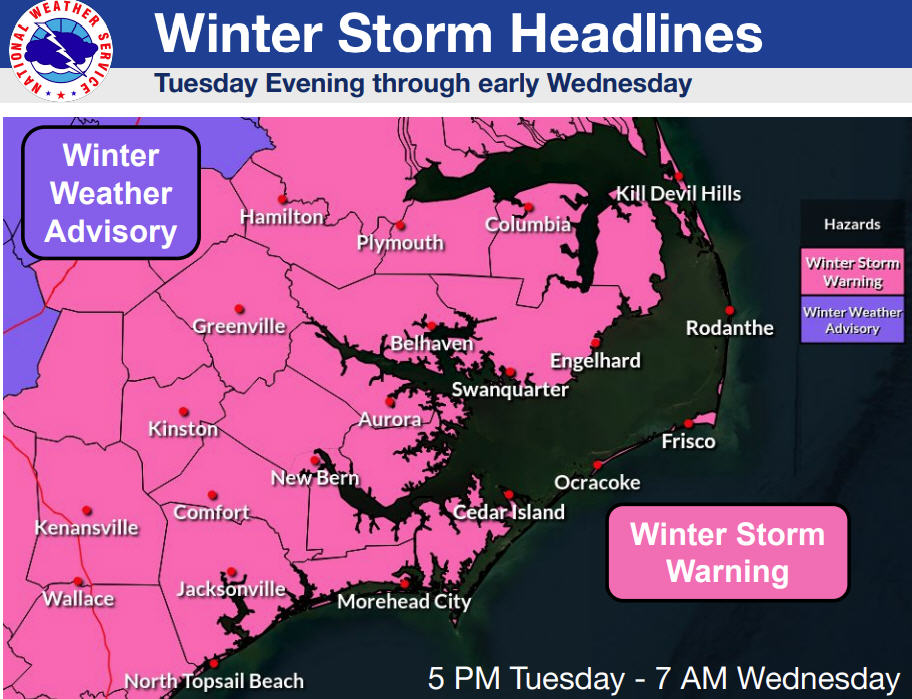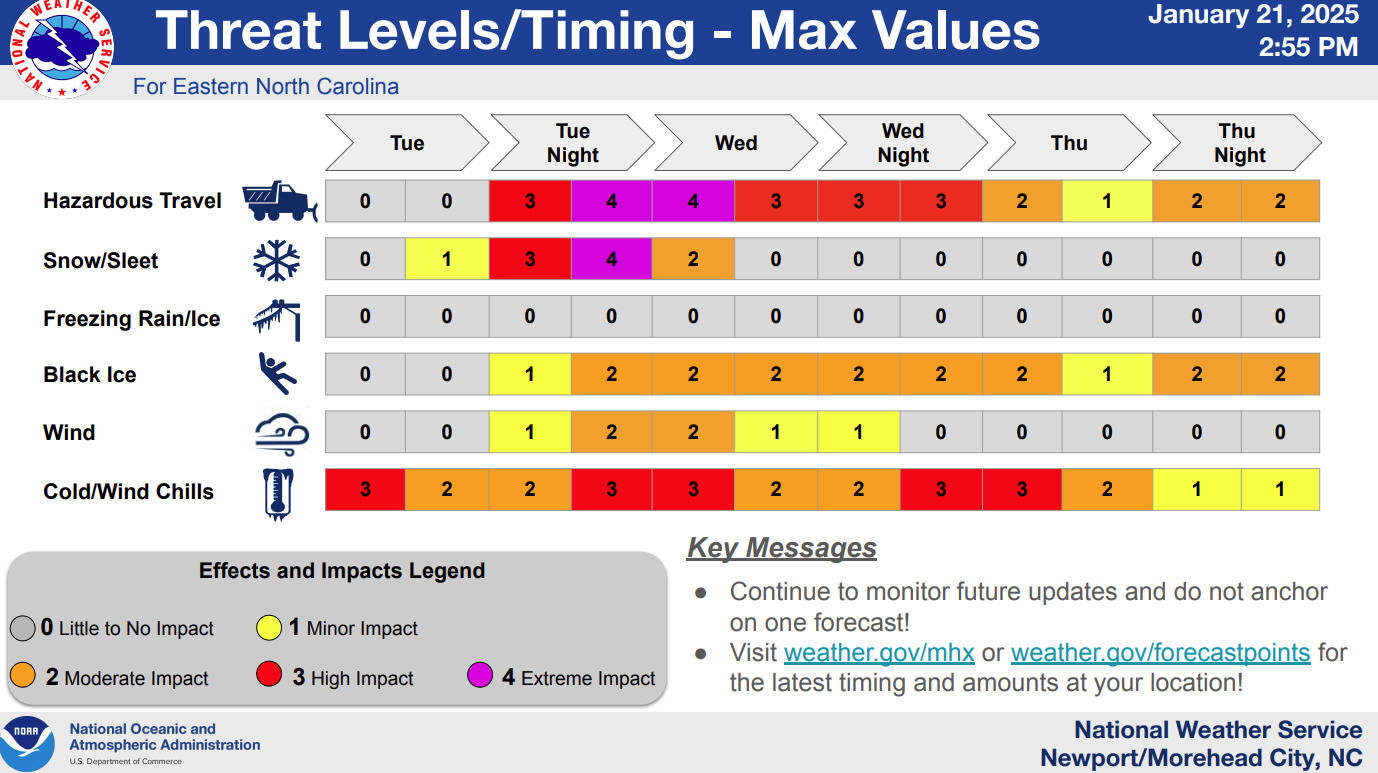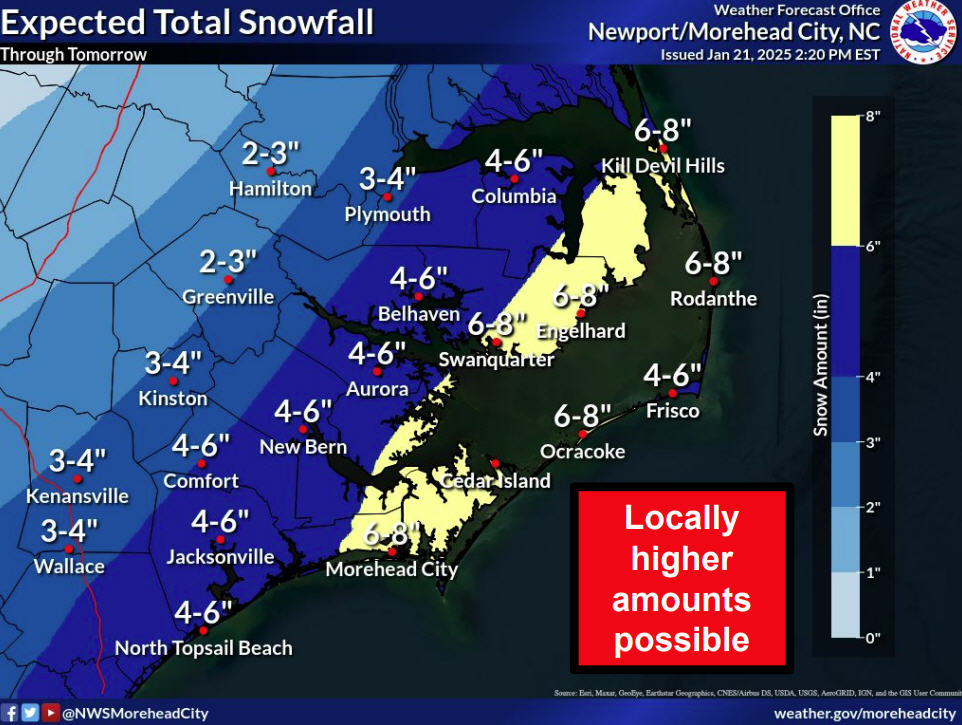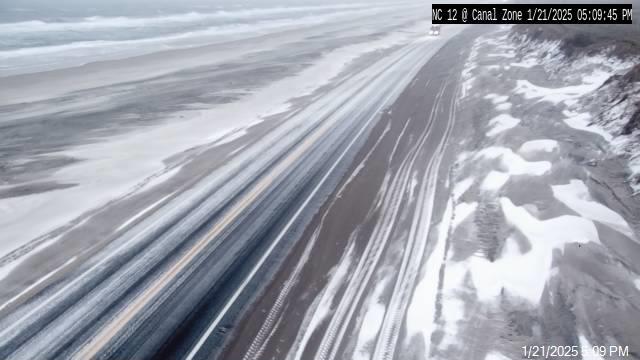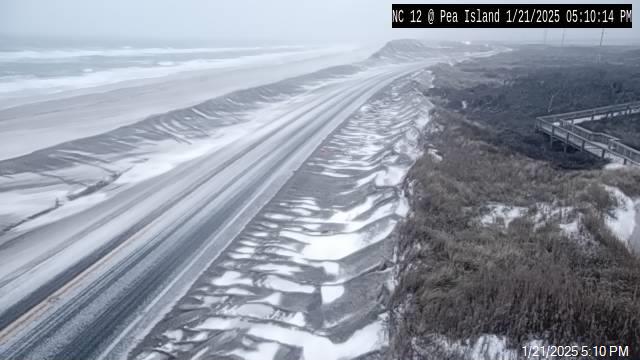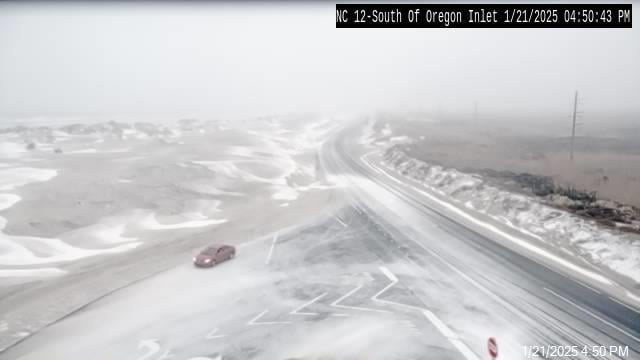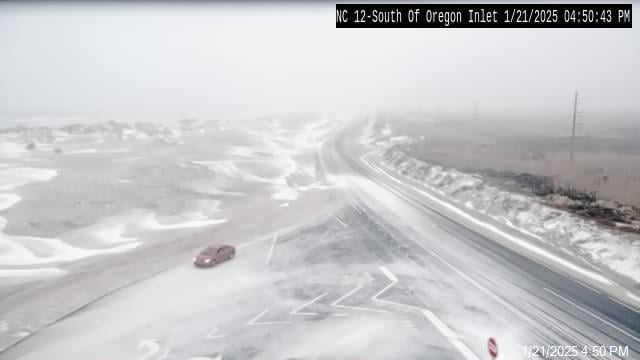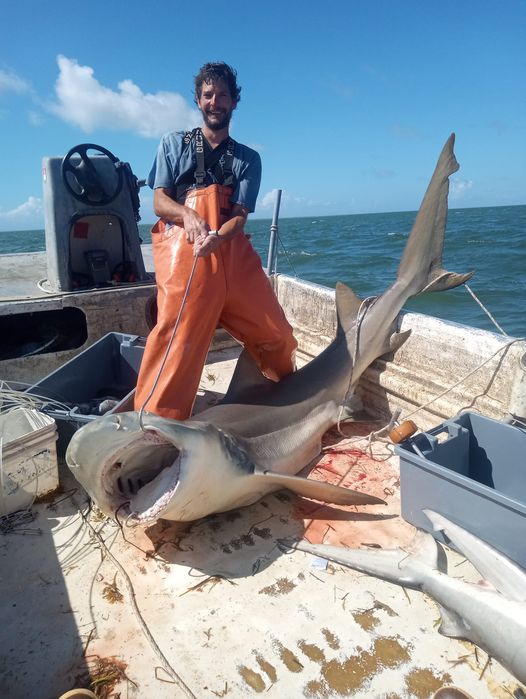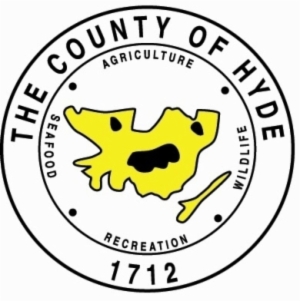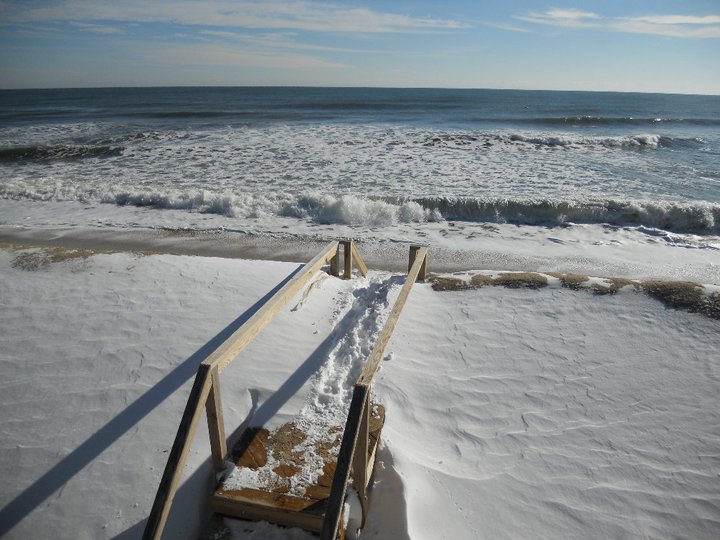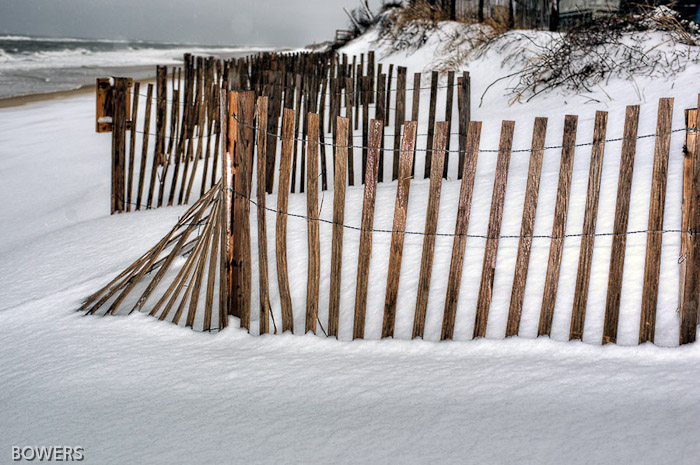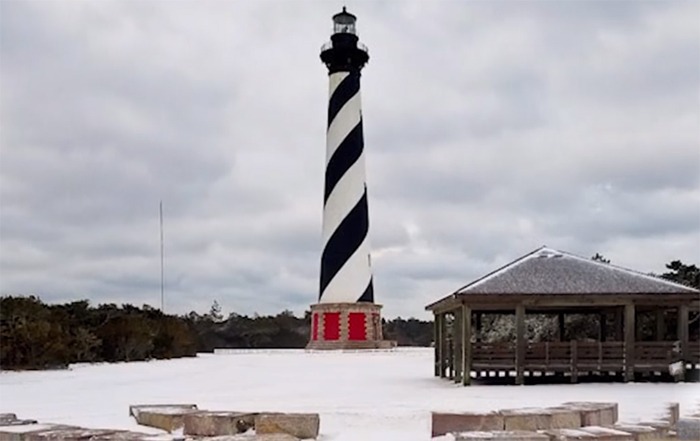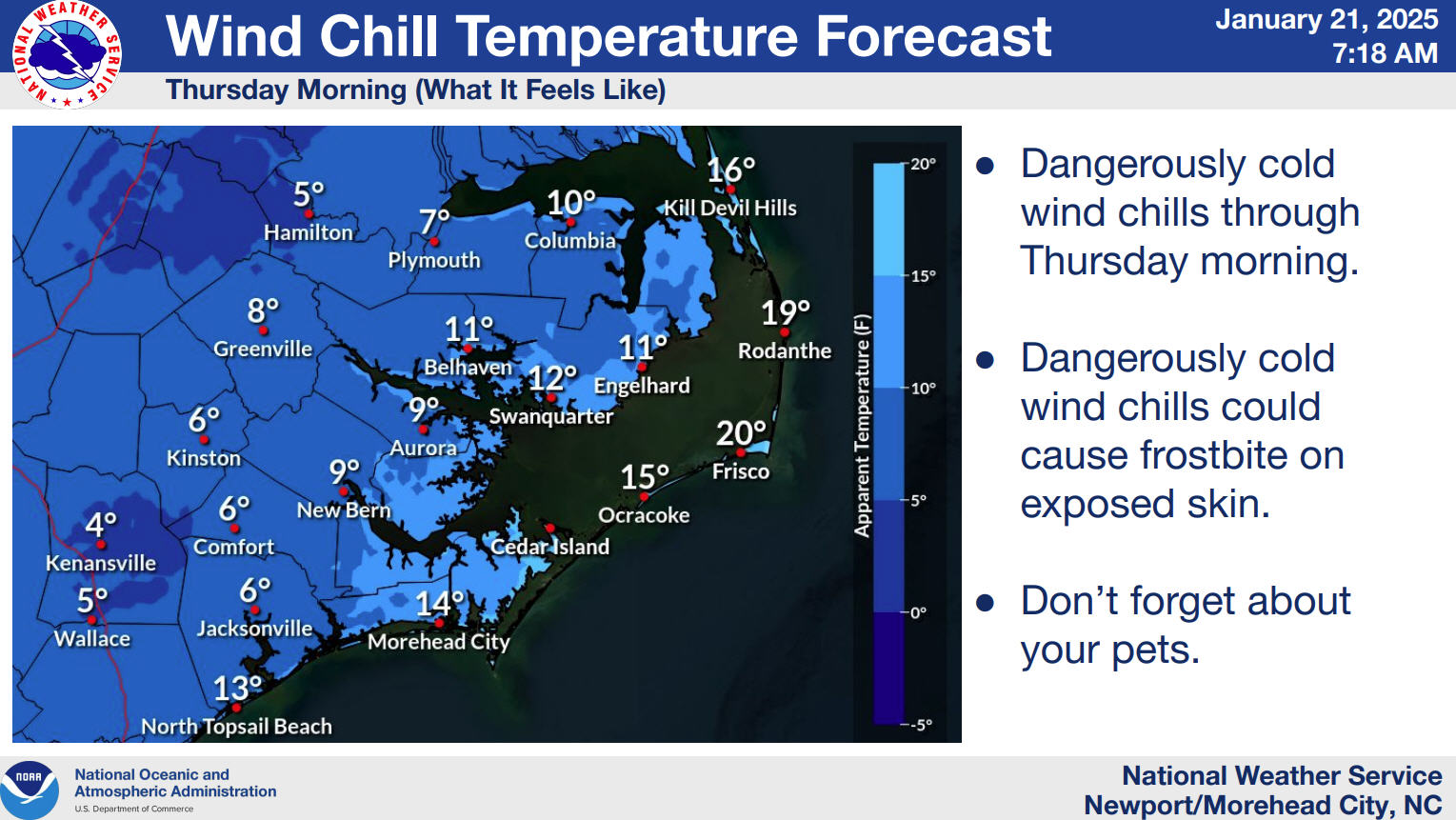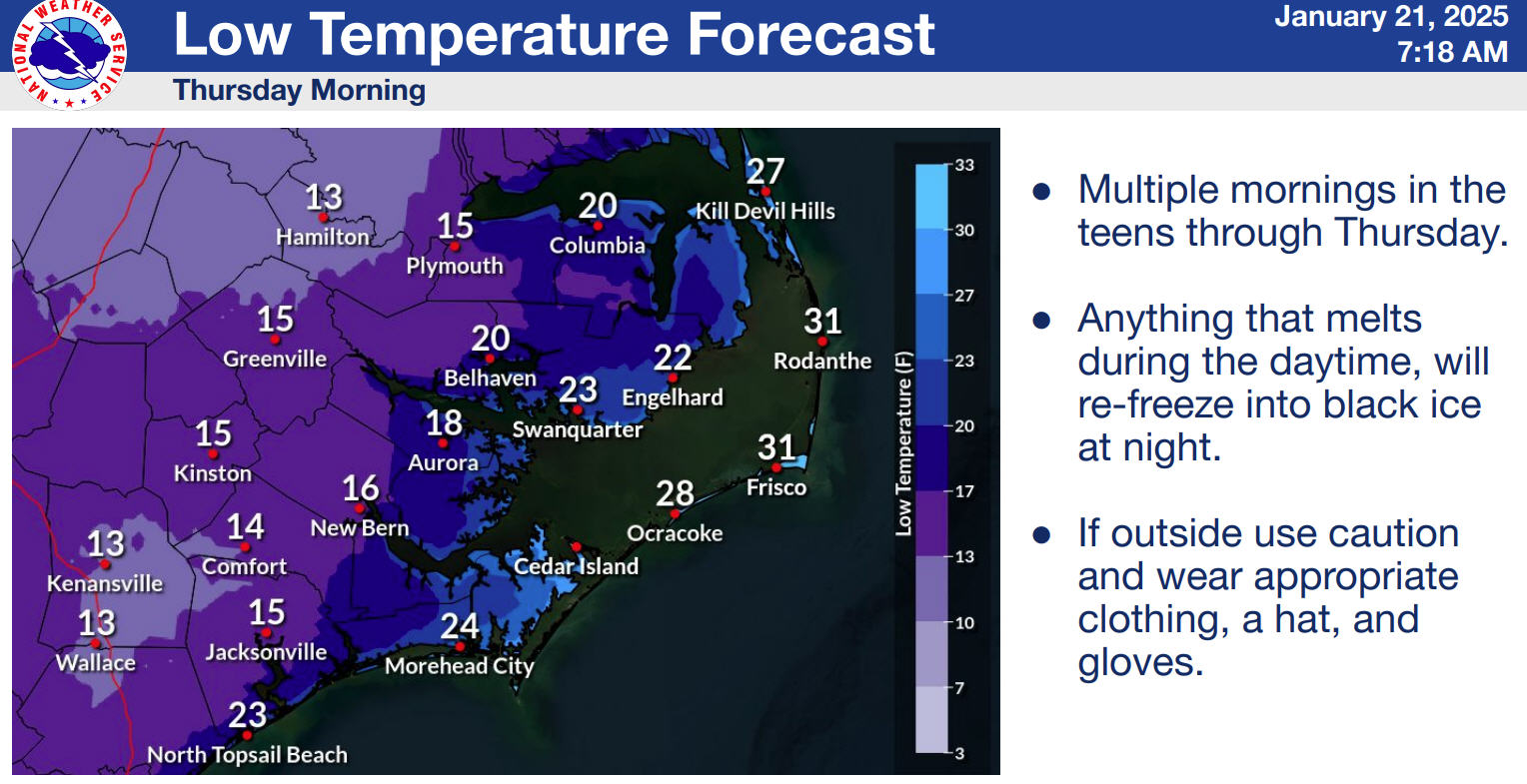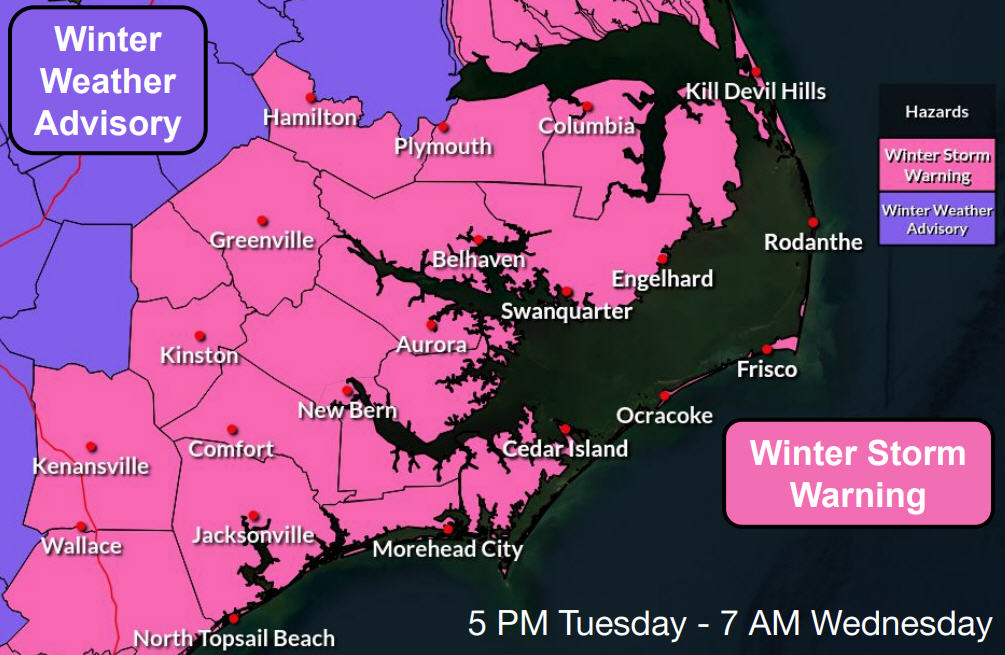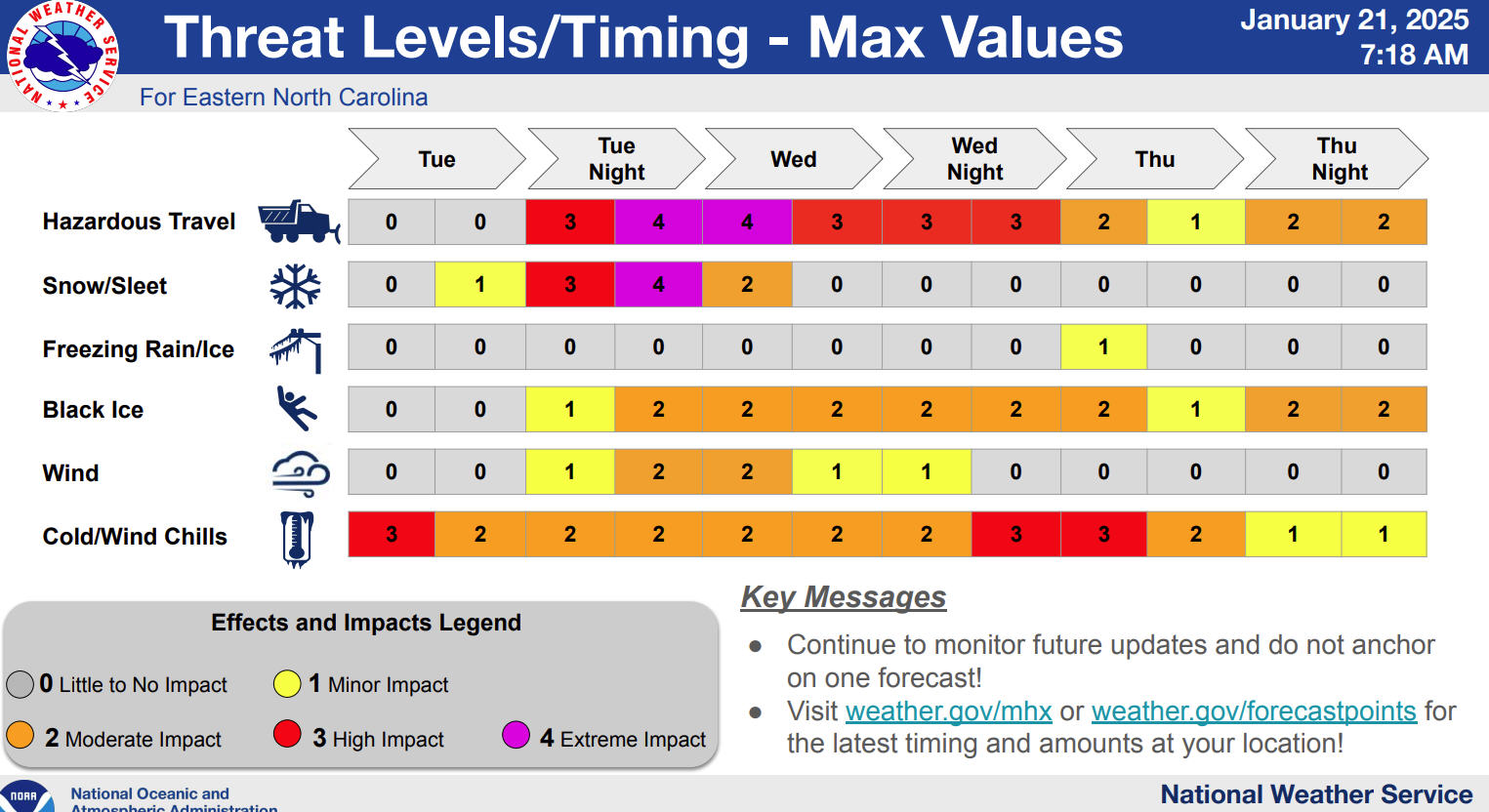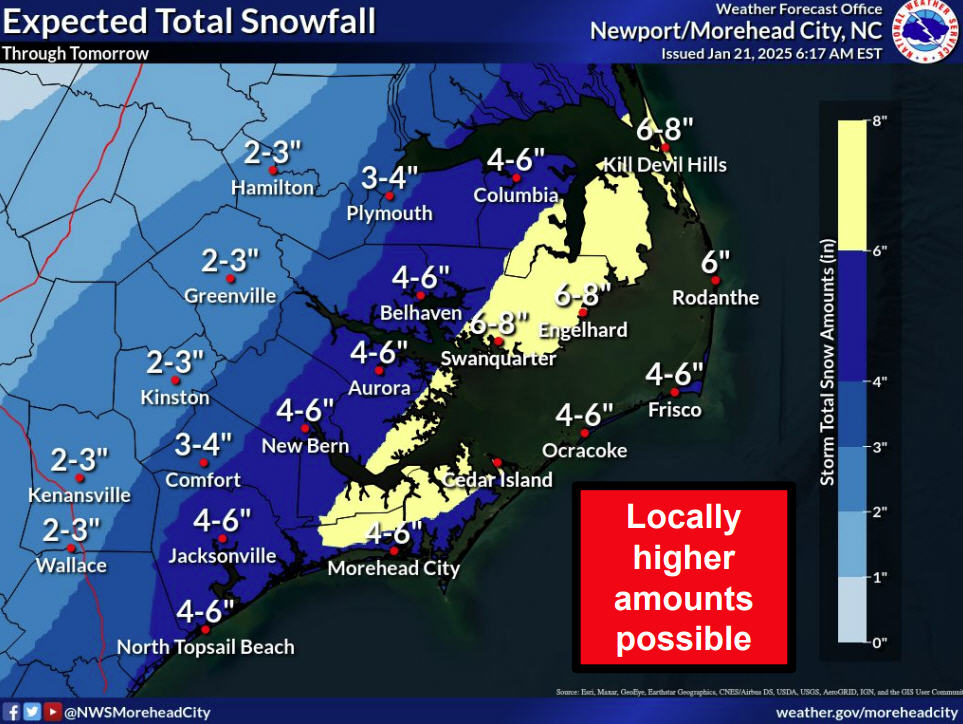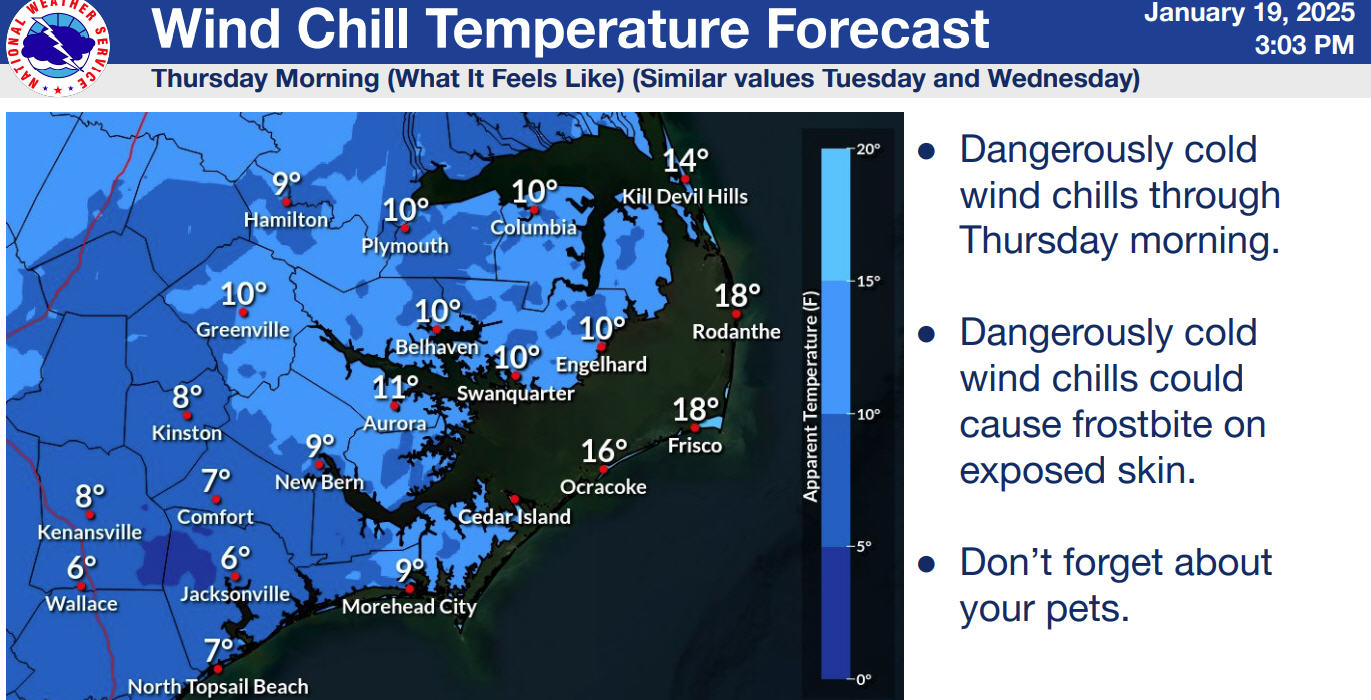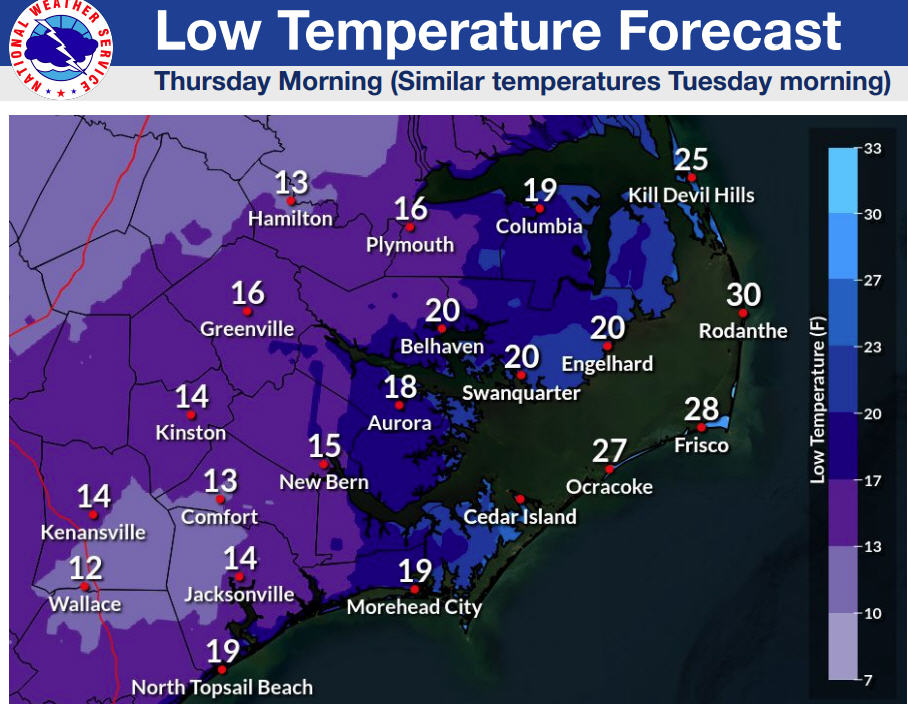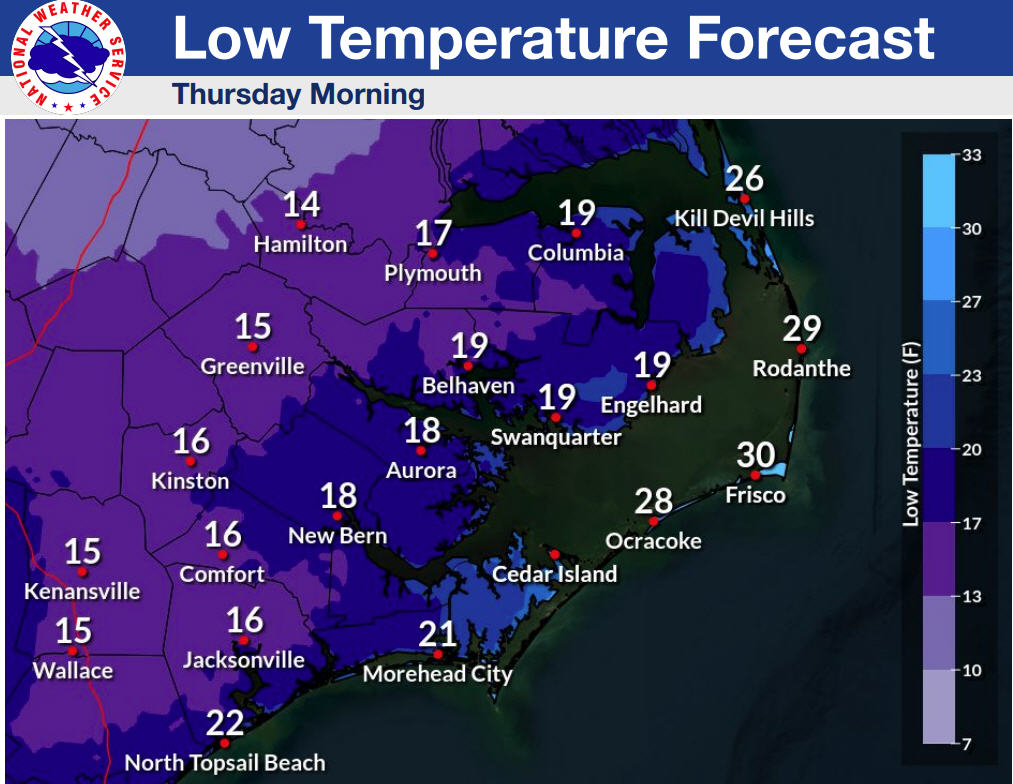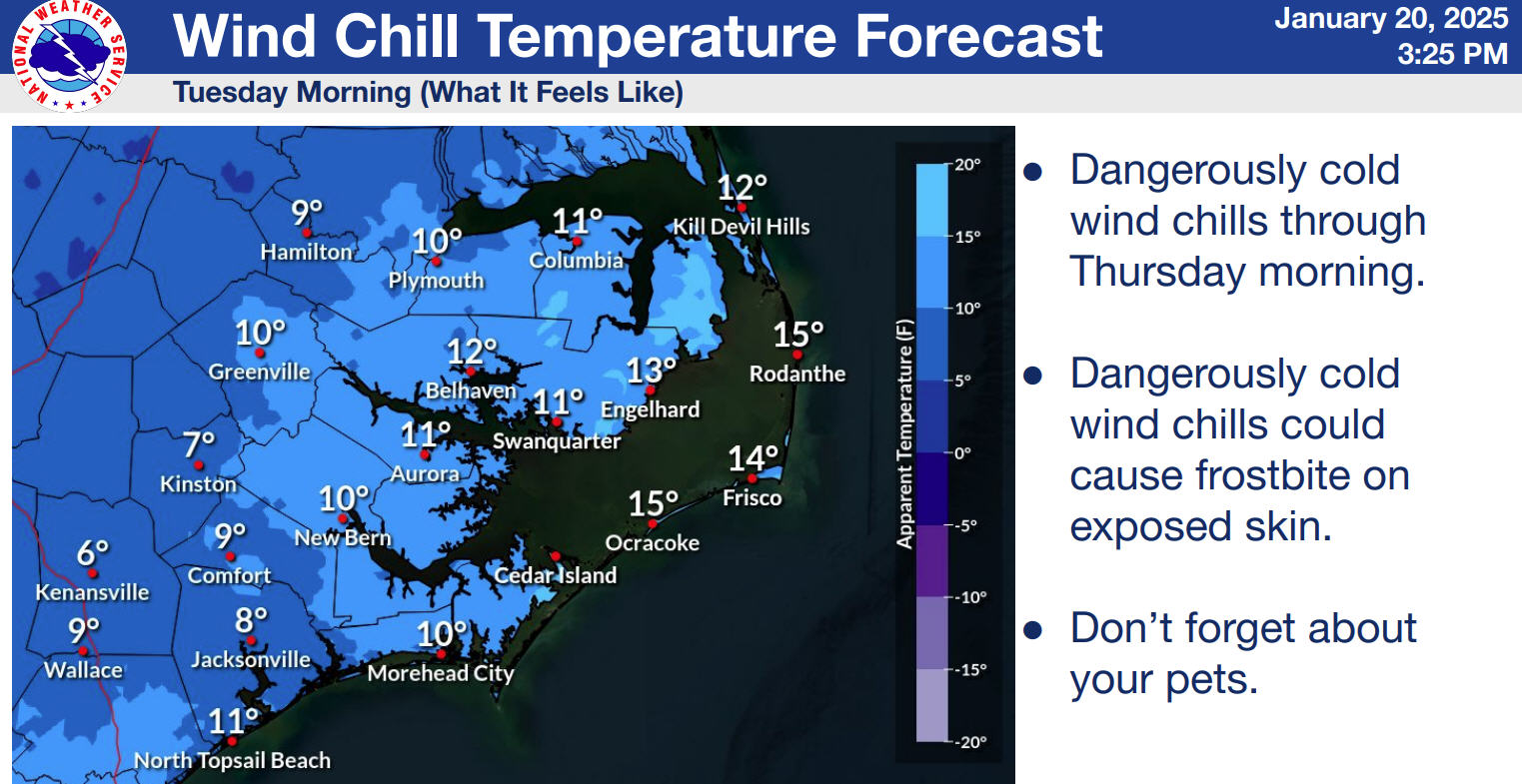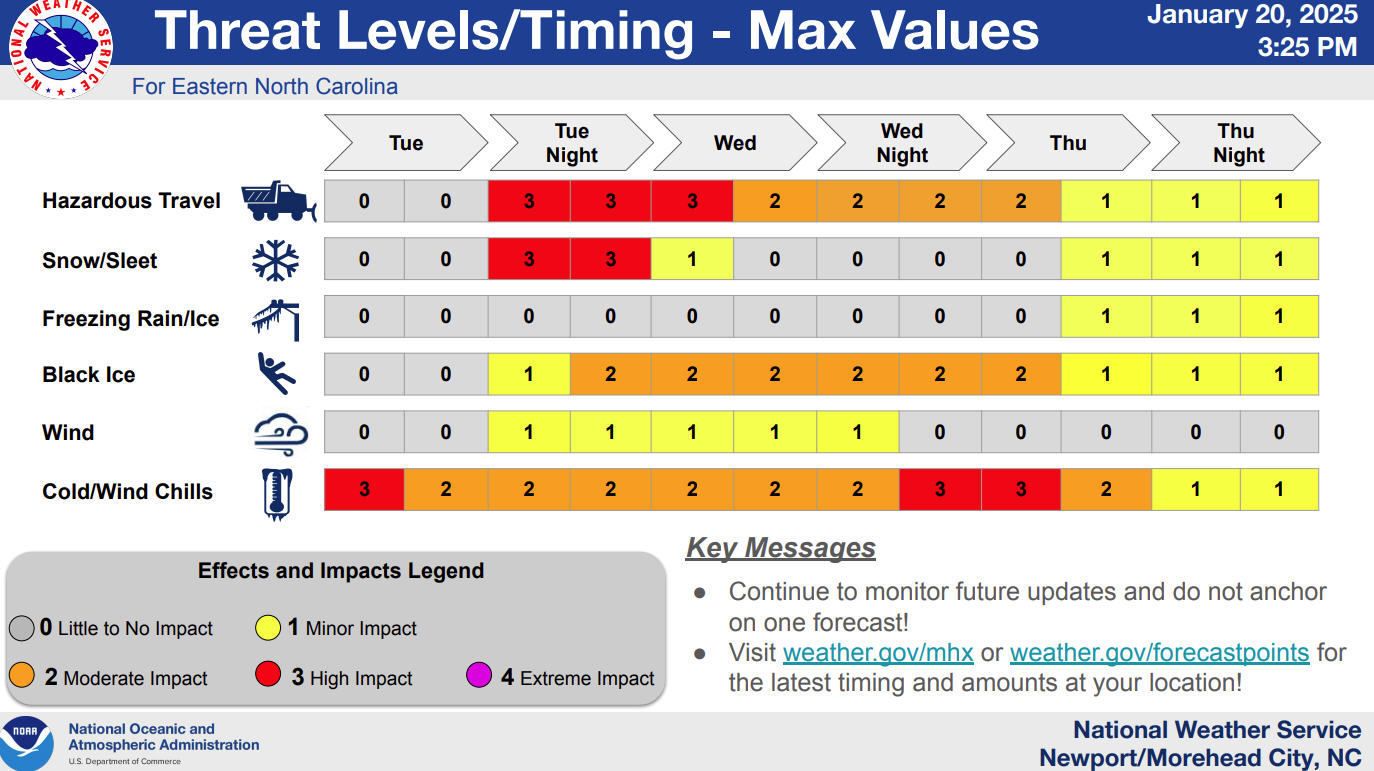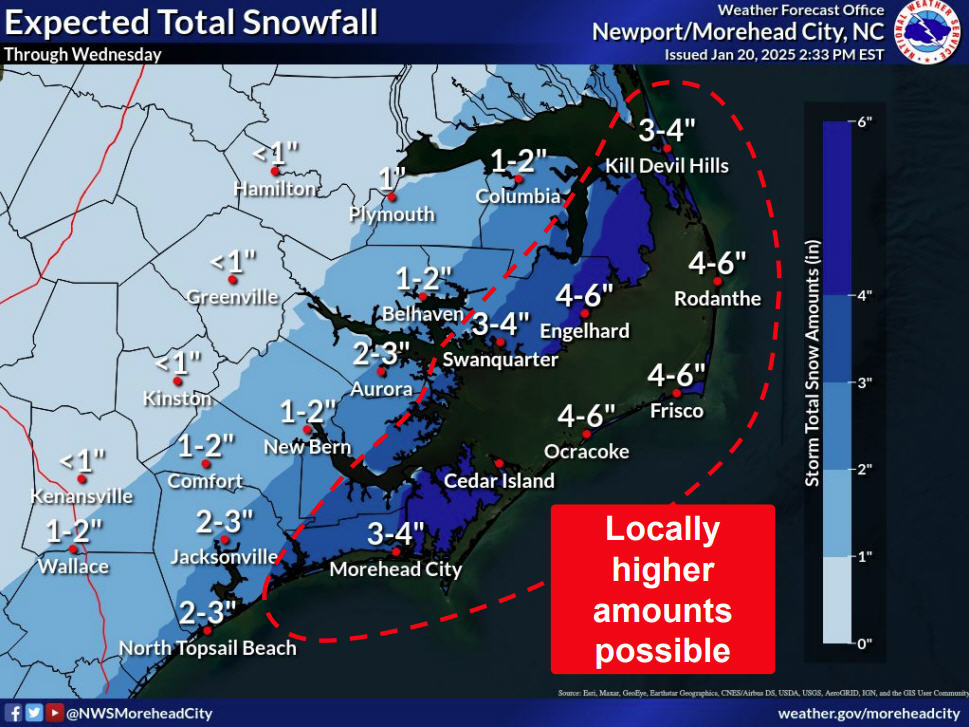Kinnakeet Home: “Route 101” and Early Transportation to Hatteras Island
I have many memories of traveling from my childhood home in Virginia to my grandparents’ homes in Avon.
My earliest is of waiting in line for the ferry that took cars over Oregon Inlet before the bridge was built. Later memories include catching a ride with Basil Hooper, Sr. and his family. Basil was from Avon as well, and would go home as often as he could get away. On every trip, as soon as we crossed the VA/NC border, he would pull the car over and get out of the car so he could breathe that good North Carolina air.
One nighttime trip across the Bonner Bridge, I remember the sky looking so dramatically different with a full moon that I thought perhaps the “rapture” I’d been taught about in Sunday School had occurred and left us all behind.
The longest stretch of highway always seemed to be the stretch between Salvo and Avon. I can remember keeping my eyes peeled for the Little Kinnakeet Life-Saving Station, because once I saw that, I knew we were almost there. Driving with my own family meant being stuffed in the back seat with my brothers and our dog, who would scratch my legs with his claws as he nervously paced over our laps.
Automobiles arrived on Hatteras Island sometime in the 1920s, more than 20 years before paved roads linked the villages.
Locals called the sandy trails “Route 101,” because there seemed to be 101 of them crisscrossing the island. Sand ruts and hard beach formed these routes. The roads changed constantly due to blowing sand and water, and were dependent on tide, wind, and weather conditions. It was routine to get stuck in the sand and have to get out and push.
In 1938, T. Stockton Midgett began a bus line that ran from Manteo to Hatteras for 35 years. He died two months after beginning this endeavor and his sons, 18-year-old Harold, 14-year-old Anderson, and 10-year-old Stockton or “Stocky” carried on.
No one was worried about them being so young; people were happy to have the transportation and these were fairly unregulated times. Villagers paid about $2.50 for a one way trip from Hatteras to Manteo. The young entrepreneurs would travel north, endeavoring to keep their schedule of stops at designated stores or post offices.
Travel from Hatteras to the Oregon Inlet ferry took about four and a half hours. However, major delays could occur from storms, flooding, soft sand, or breakdowns that could double the amount of travel time. Occasionally the travelers had to spend the night on the beach.
Once the bus got to Manteo, passengers could travel further with the Virginia Dare Transportation company bus. The young men kept their schedule 7 days a week with few exceptions. The bus line continued operating until the establishment of paved roads and the Oregon Inlet Bridge enabled everyone to provide their own transportation. Their entrepreneurial spirit took them to their next venture that continues through today, Midgett Realty.
The first paved road was established in 1948 between Hatteras and Avon. Avon and Rodanthe were linked by 1950, and Rodanthe to the Oregon Inlet Ferry by 1952.
The Bonner (Oregon Inlet) Bridge was completed in 1963. In 1990, the Department of Transportation built an emergency ferry landing at the Rodanthe Harbor after the Bonner Bridge was damaged and temporarily closed in 1990. Emergency ferries have since been used when Highway 12 was damaged by storms.
Beginning in the 1920s, a private ferry was run by Jennings B. “Toby” Tillett.
Toby Tillett operated the Oregon Inlet ferry service for 25 years, after founding it with his father. The first ferry was a barge that was 30 feet long and had to be pulled behind his fishing boat. The next ferry he operated was called the Oregon Inlet, with its own engine and a capacity of two cars. His third ferry was named the Barcelona and could carry up to fourteen cars. In 1934, the N.C. Highway Commission began subsidizing his business to keep tolls affordable. In 1950, he sold his operation to the state.
Tourism was increasing on Hatteras Island as news spread of the island’s great fishing and hunting. The N.C. state run ferries increased their runs to keep up with demand, and by the late 1950s, could carry 2,000 passengers daily. This proved to be extremely expensive to the state at a cost of $500,000 each year. Long lines were increasingly becoming a problem as well.
Because of this increasing demand, the state and federal governments began planning what was to become the Bonner Bridge. The bridge cost $4 million to build. The state of North Carolina covered $1.5 million, and the federal government covered $2.5 million. Part of this cost was put under the National Park Service. North Carolina congressman Herbert C. Bonner was highly involved in promoting this project’s funding. The opening of the Bonner Bridge in 1963 ushered in a new era for Hatteras Island, quickly transforming it from a quiet island of isolated fishing villages to a tourism driven economy.
Highway 12 has earned the distinction of being a scenic byway on both the state and national level due to the beautiful landscape it travels through, as well as the unique culture of the Outer Banks. Living and working on Hatteras Island affords us beautiful scenery of sea, sound, and shore that enriches even the most routine of days.
To Read More of Rhonda’s Blogs click here.


